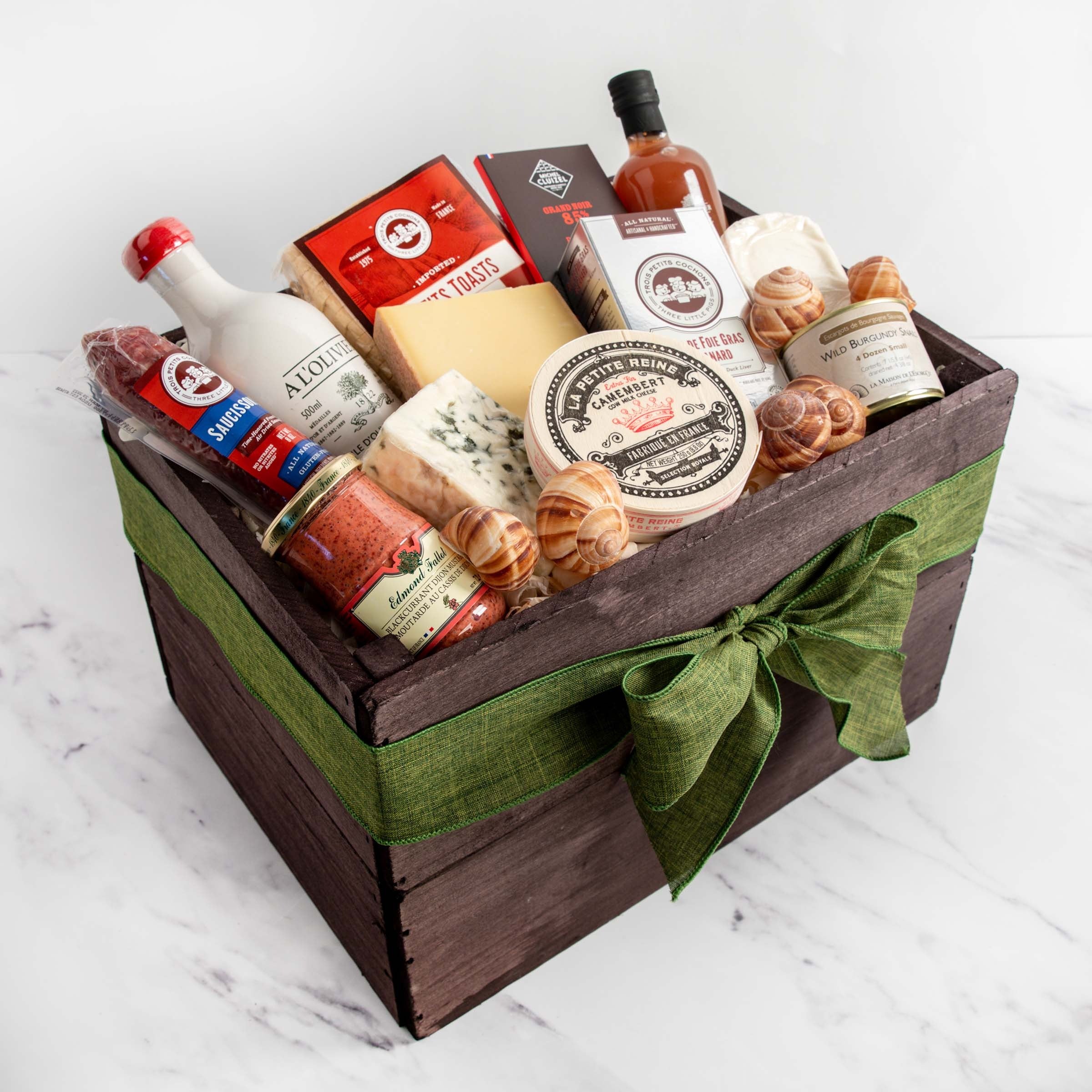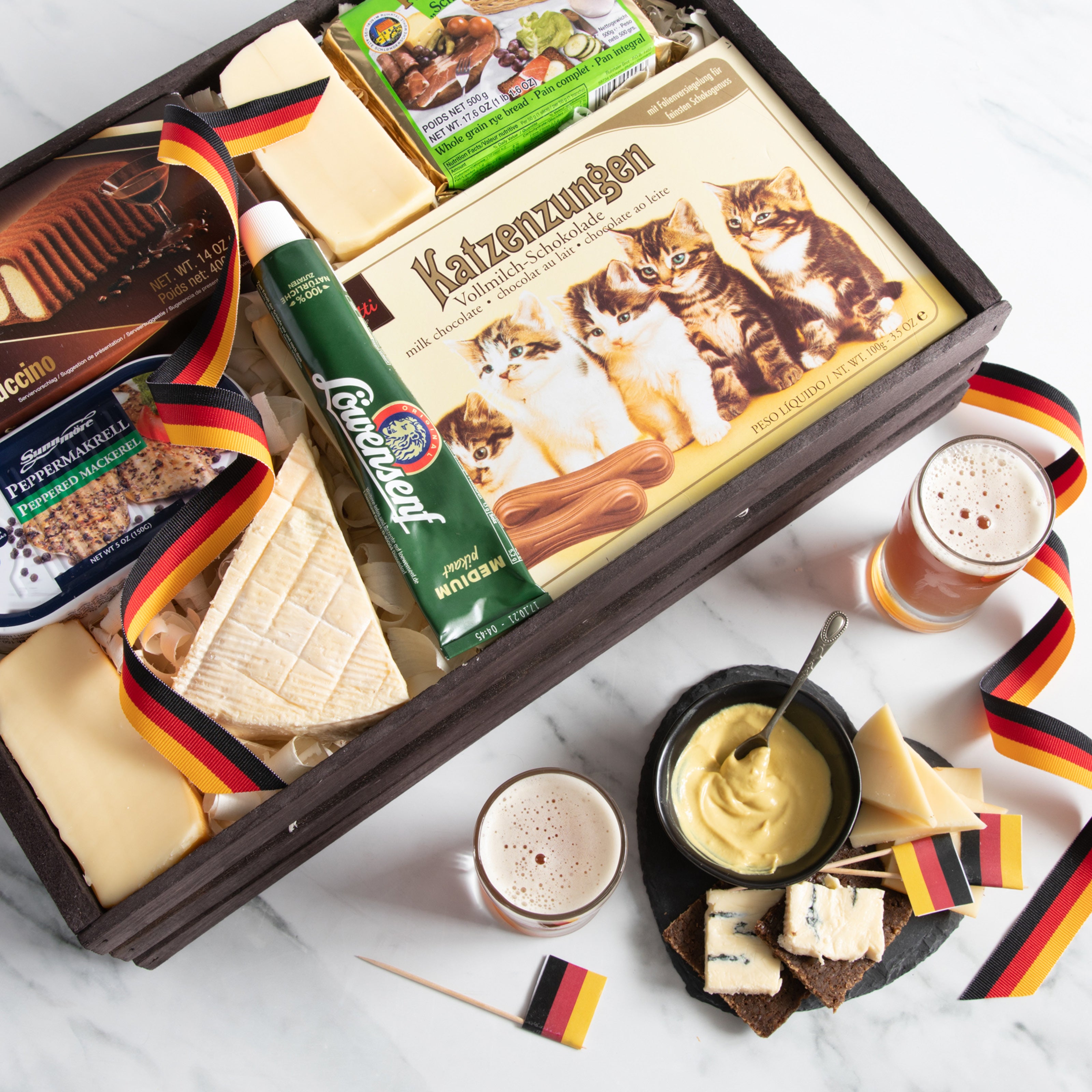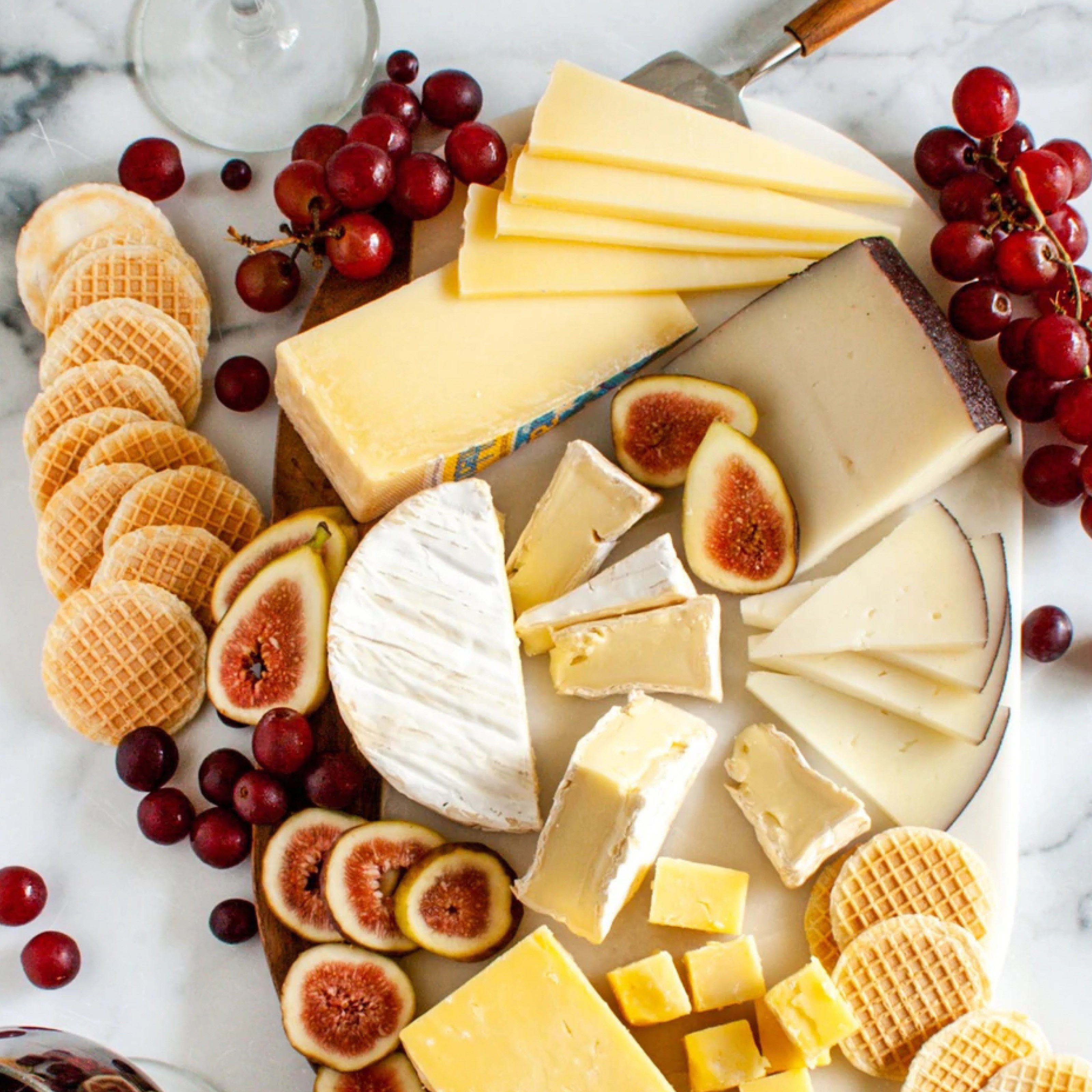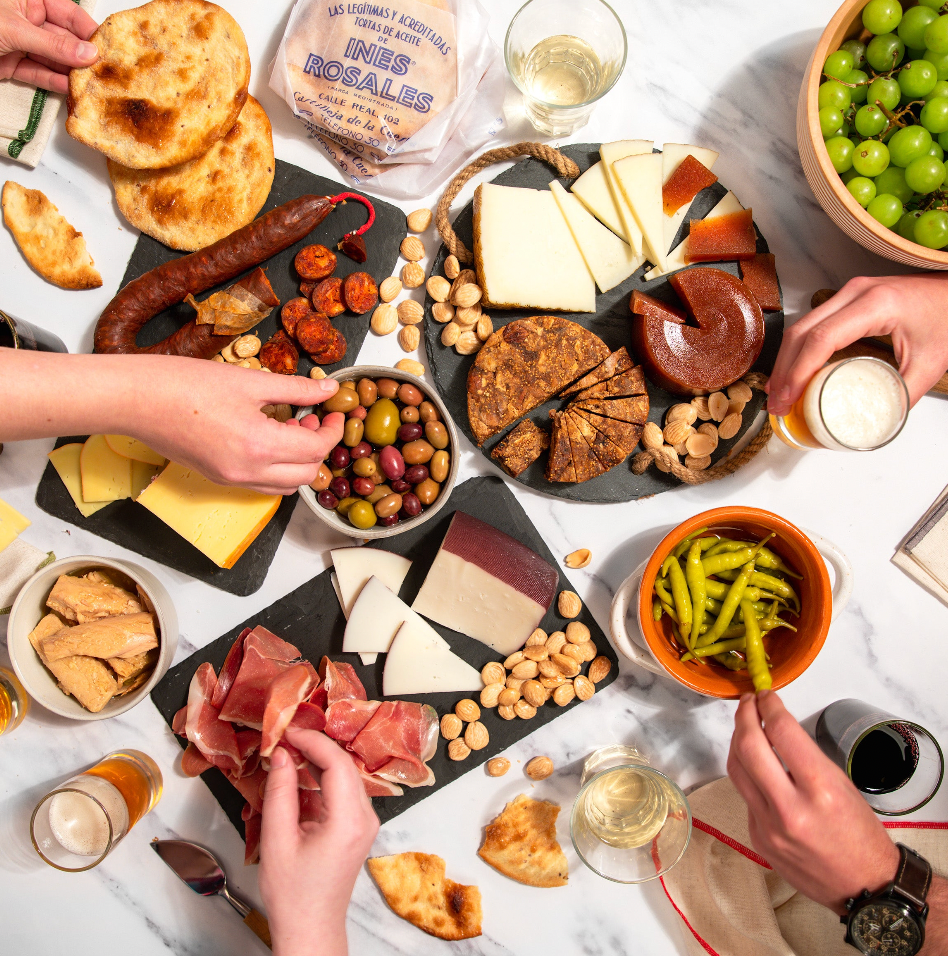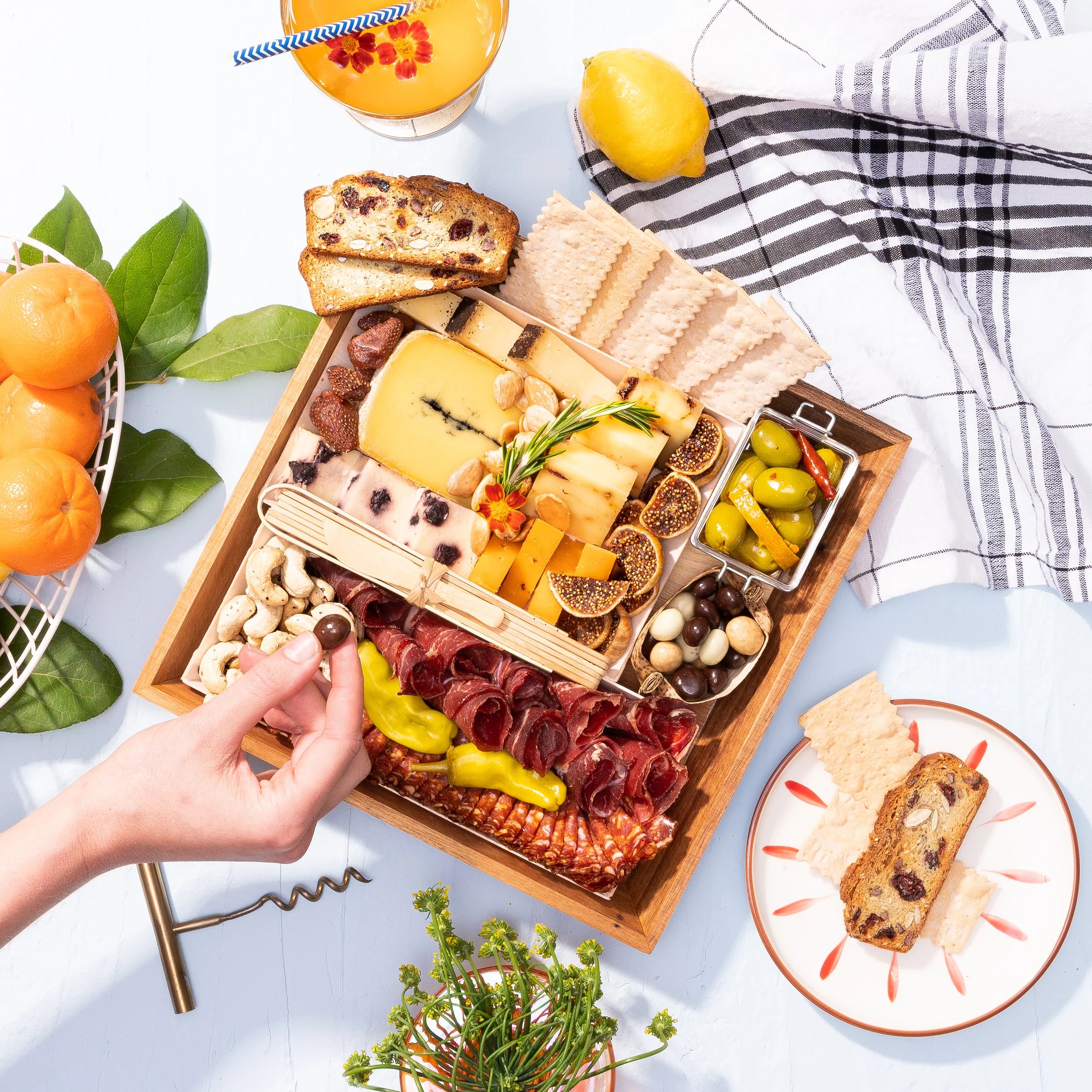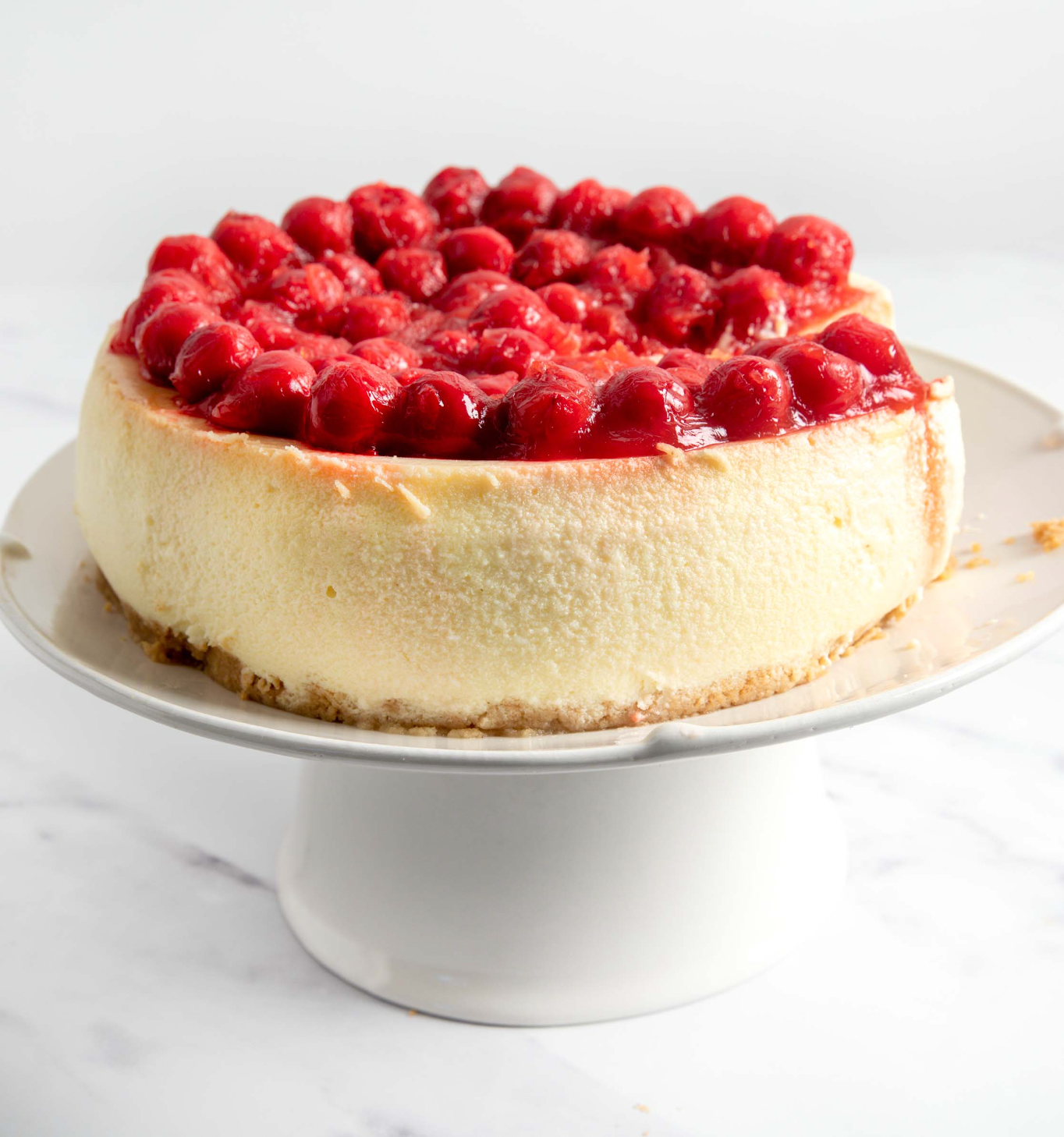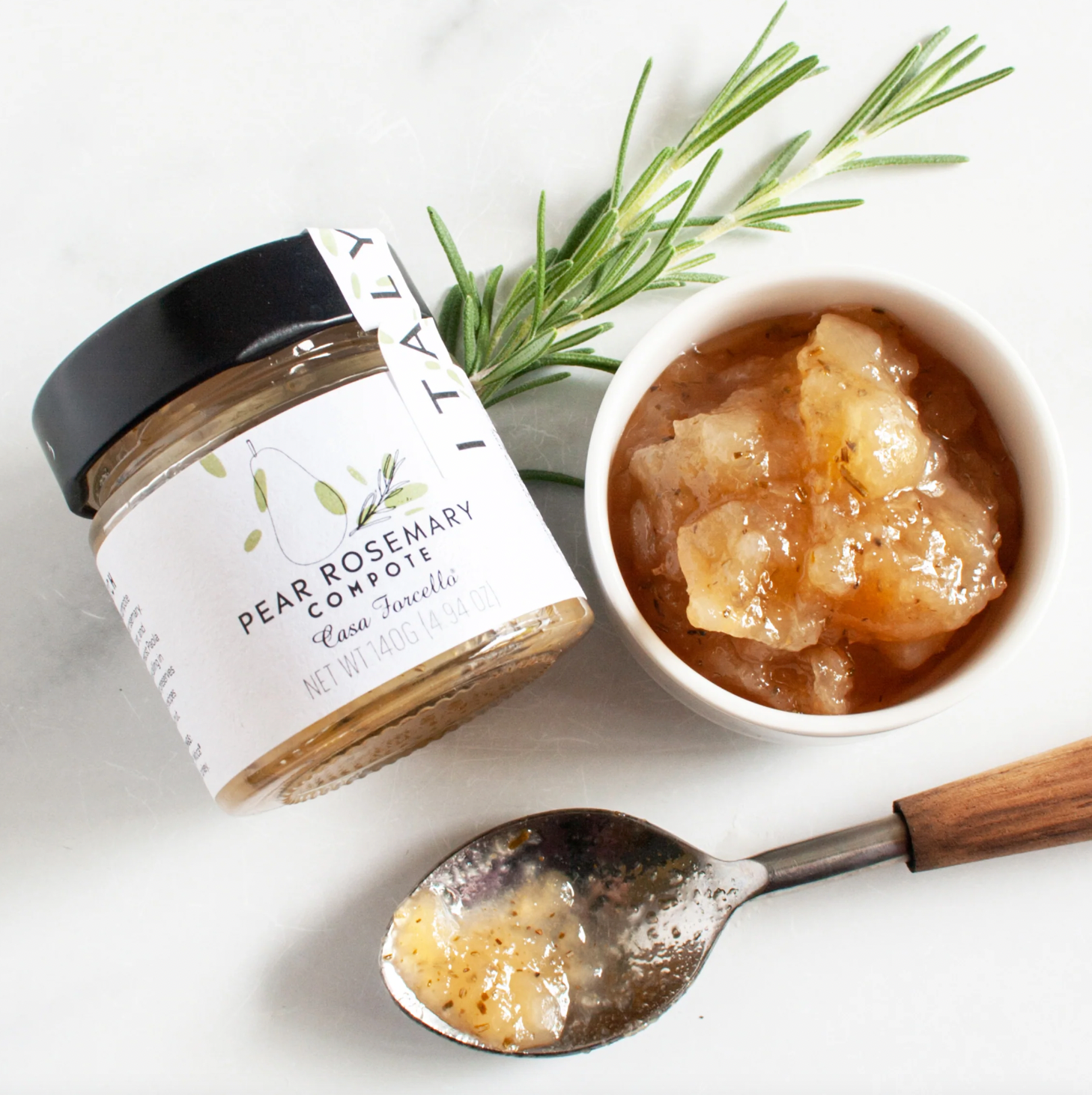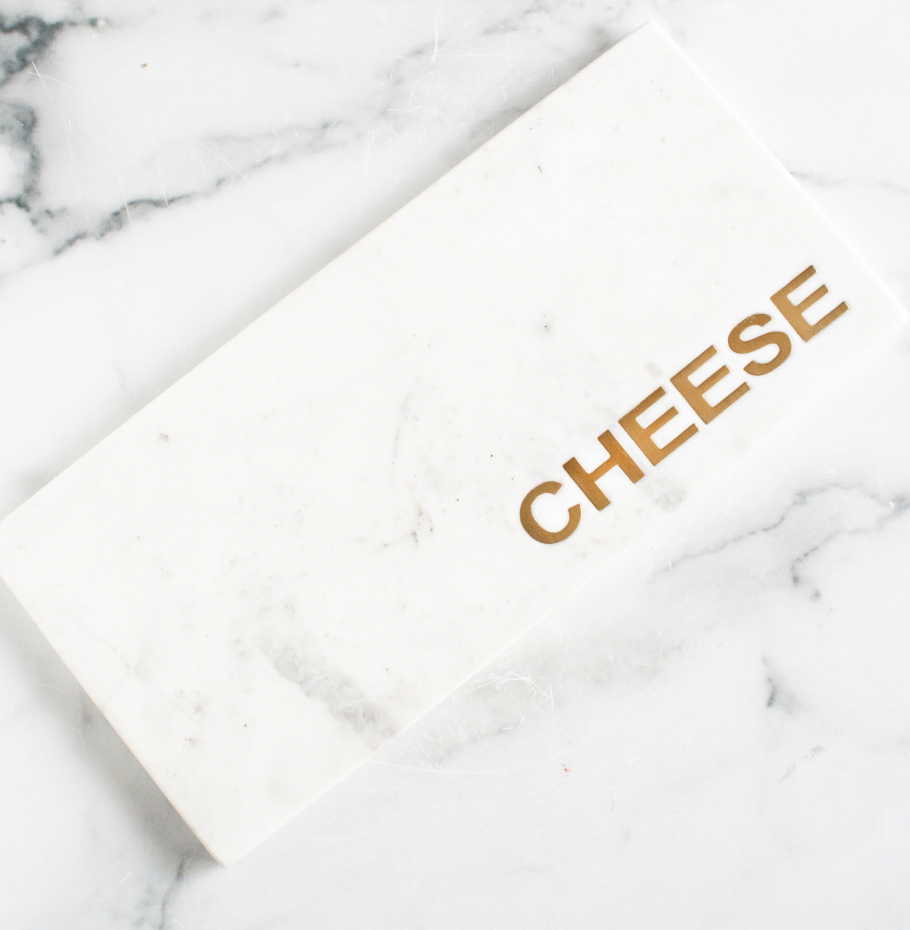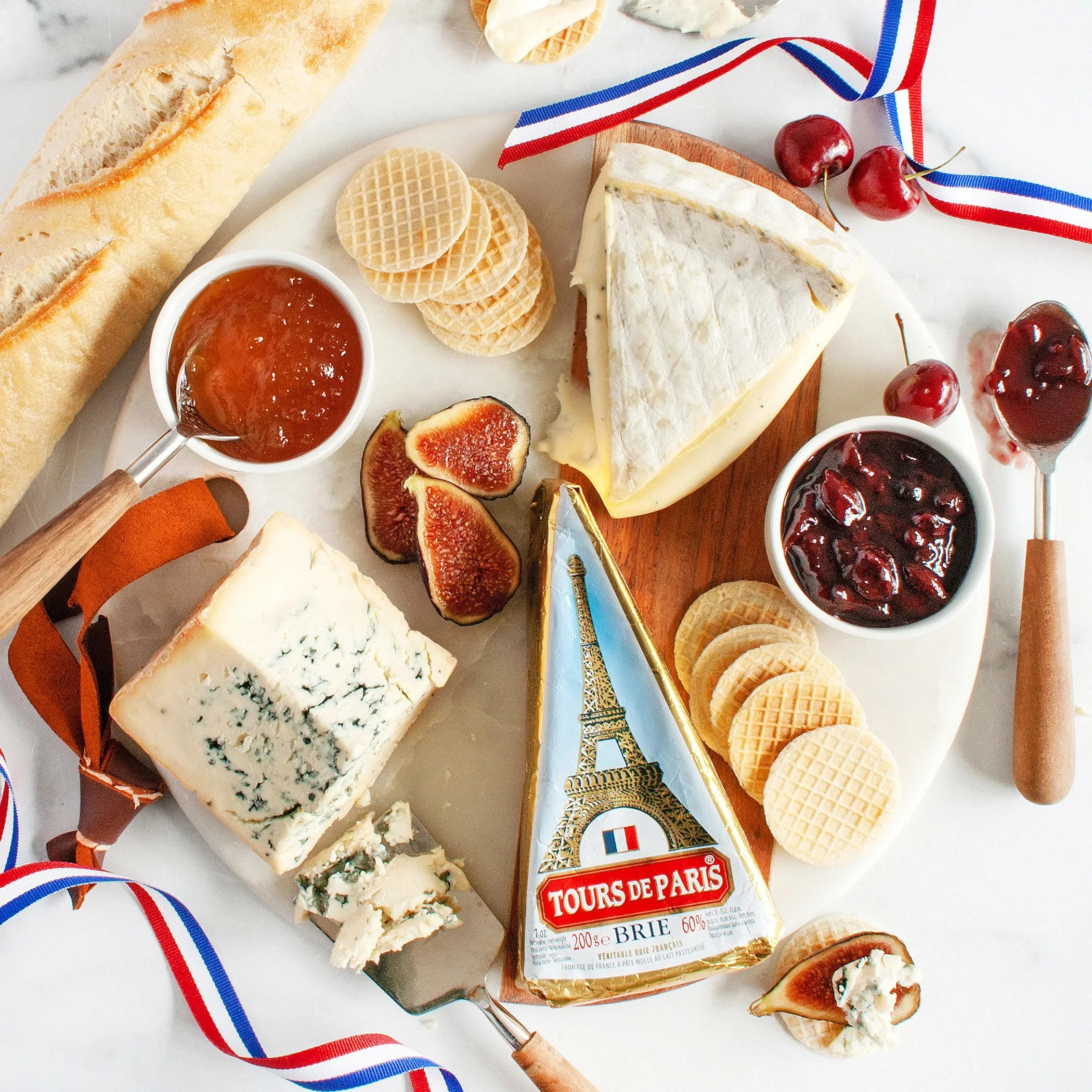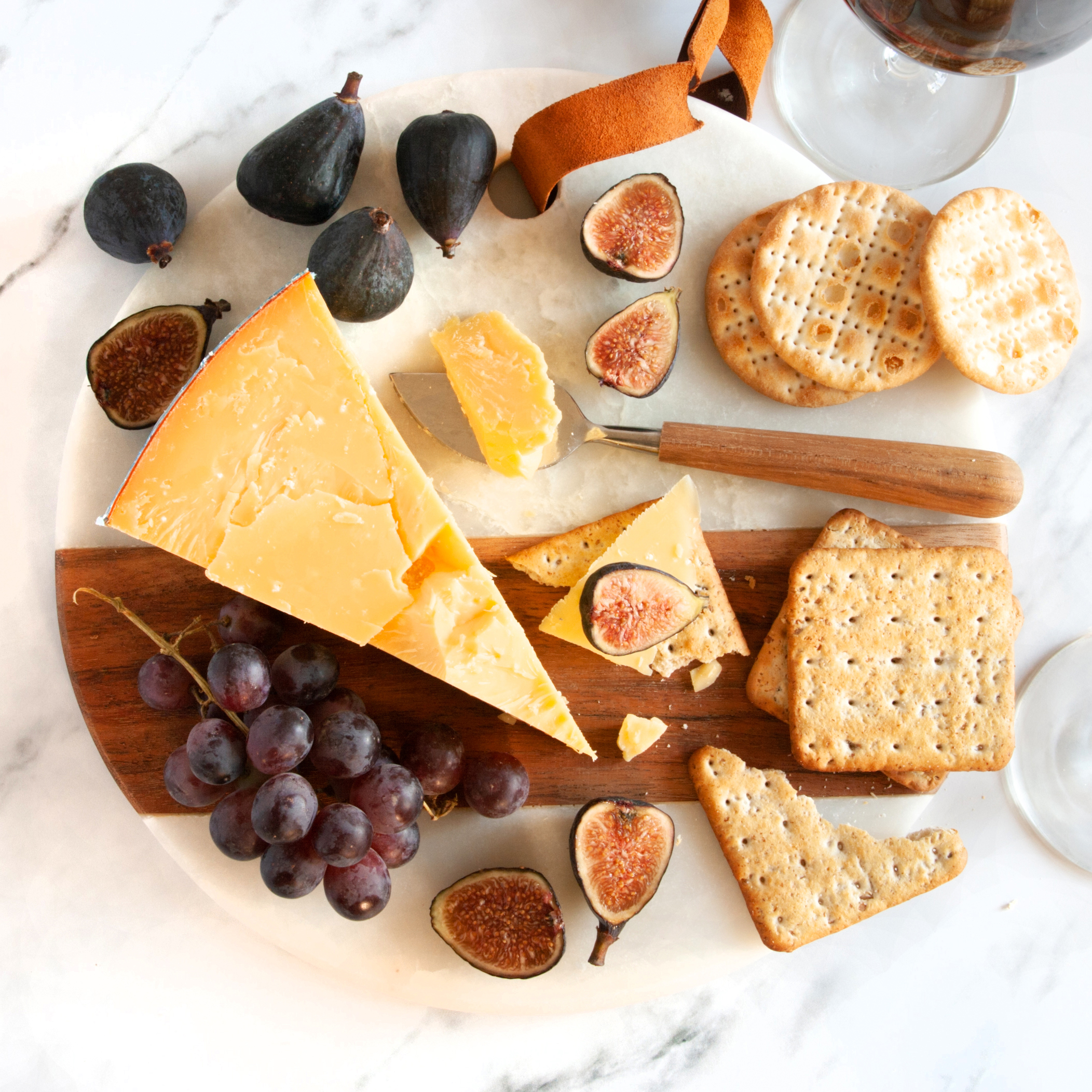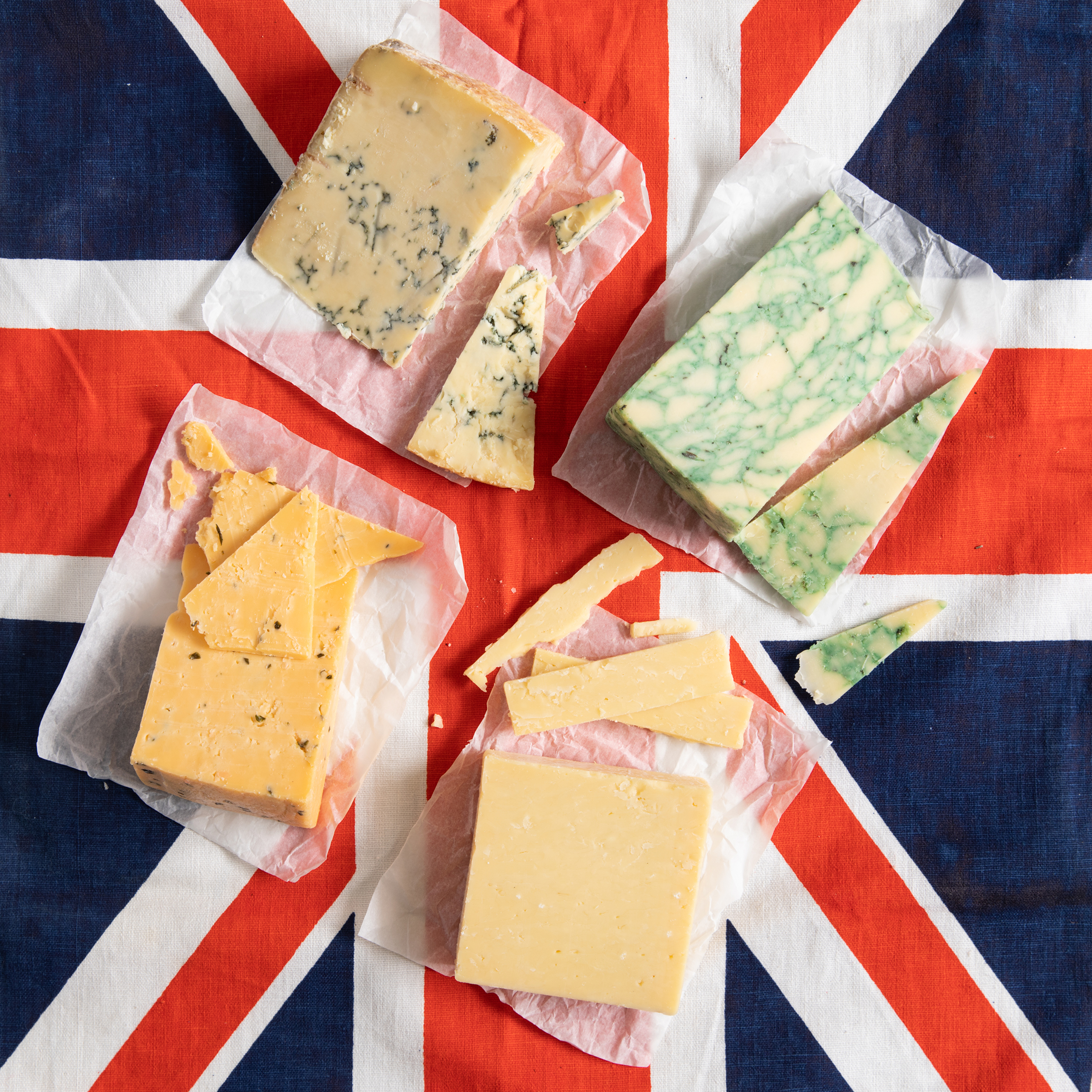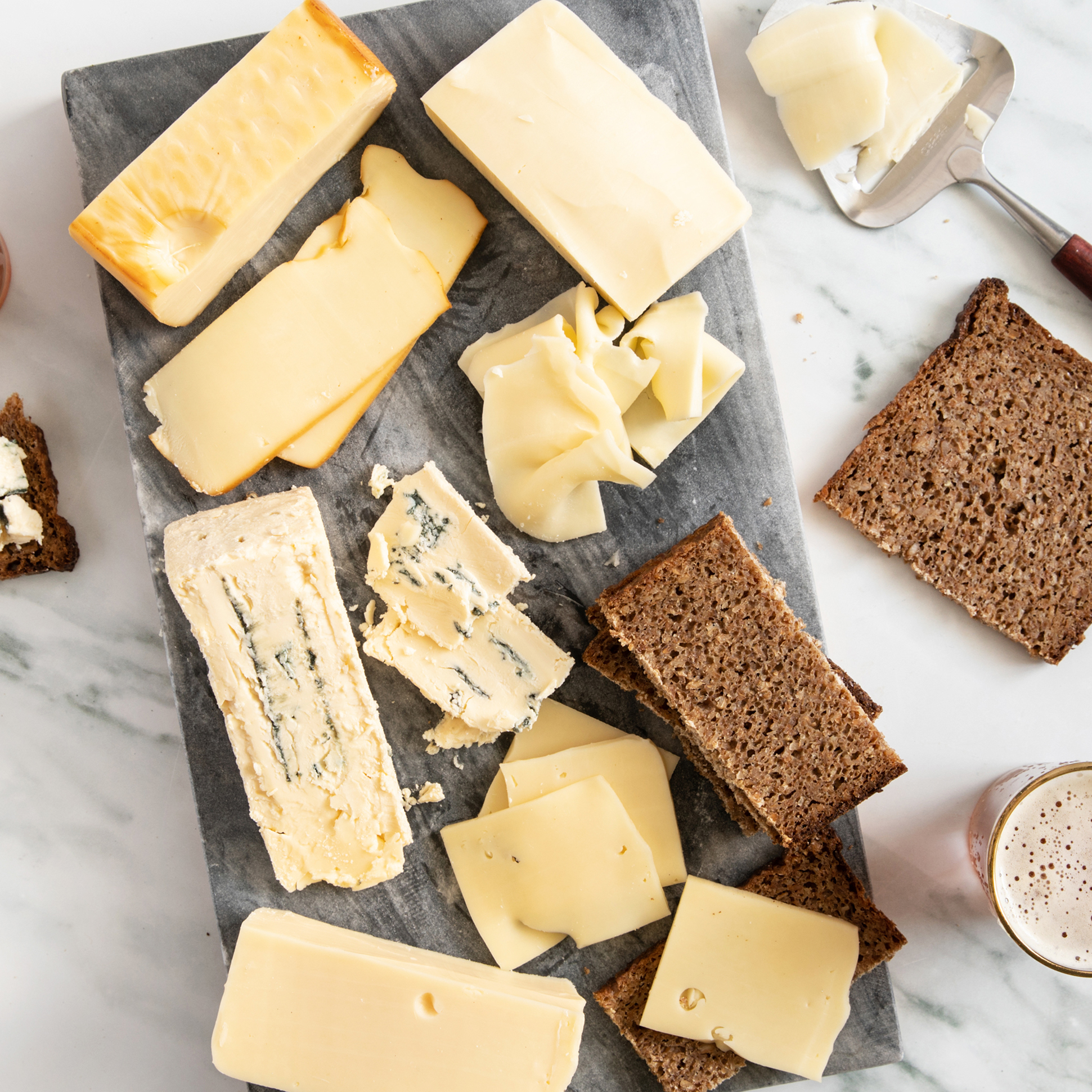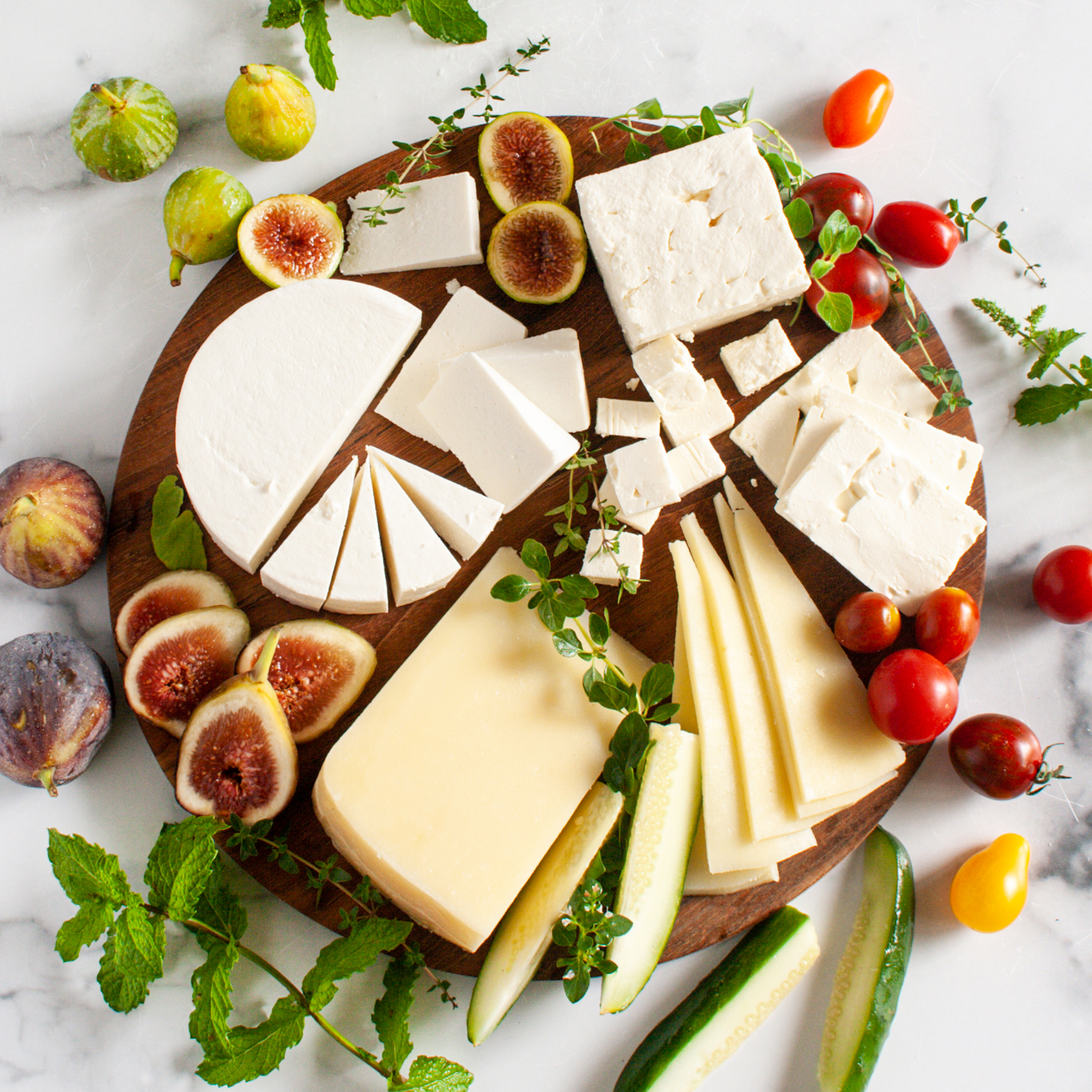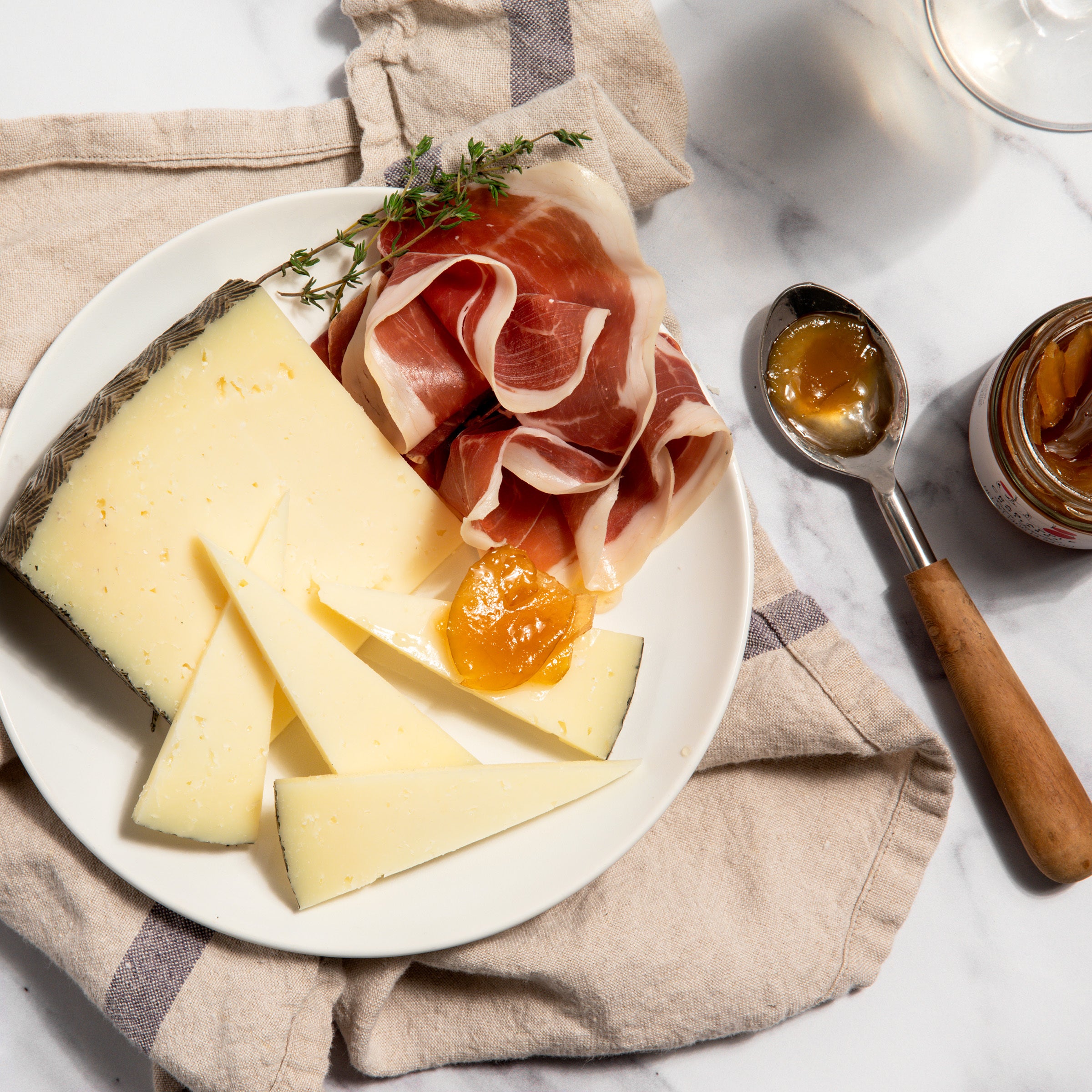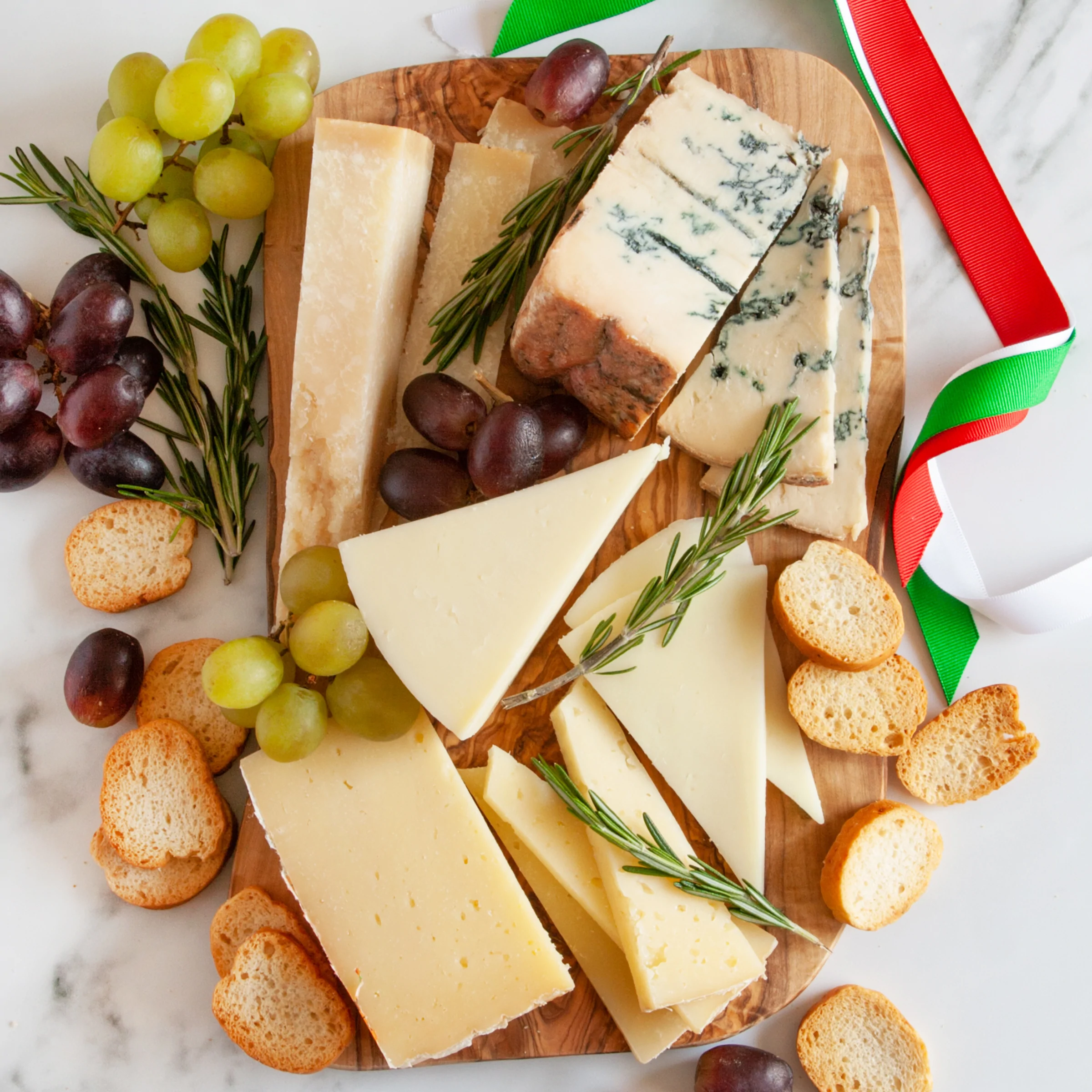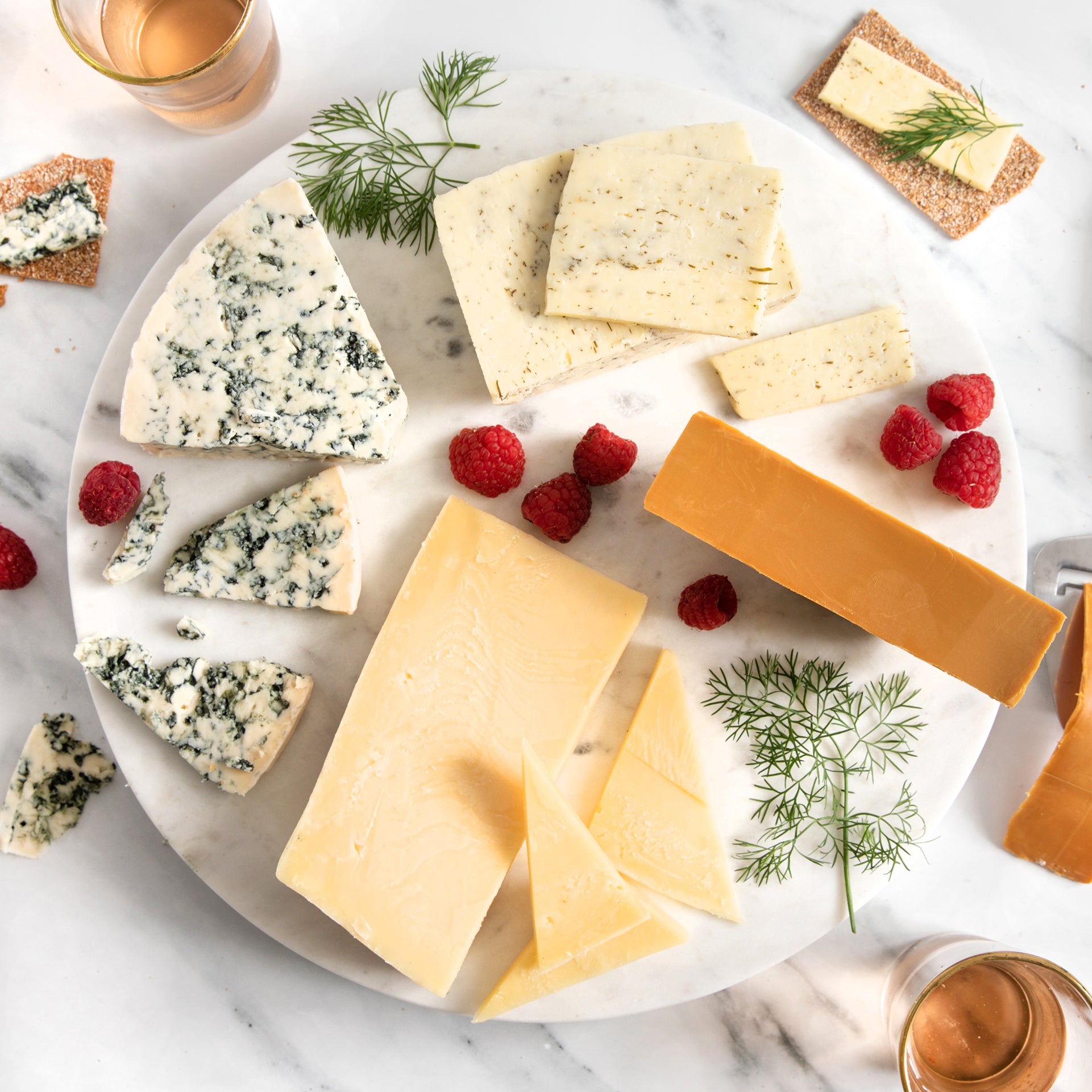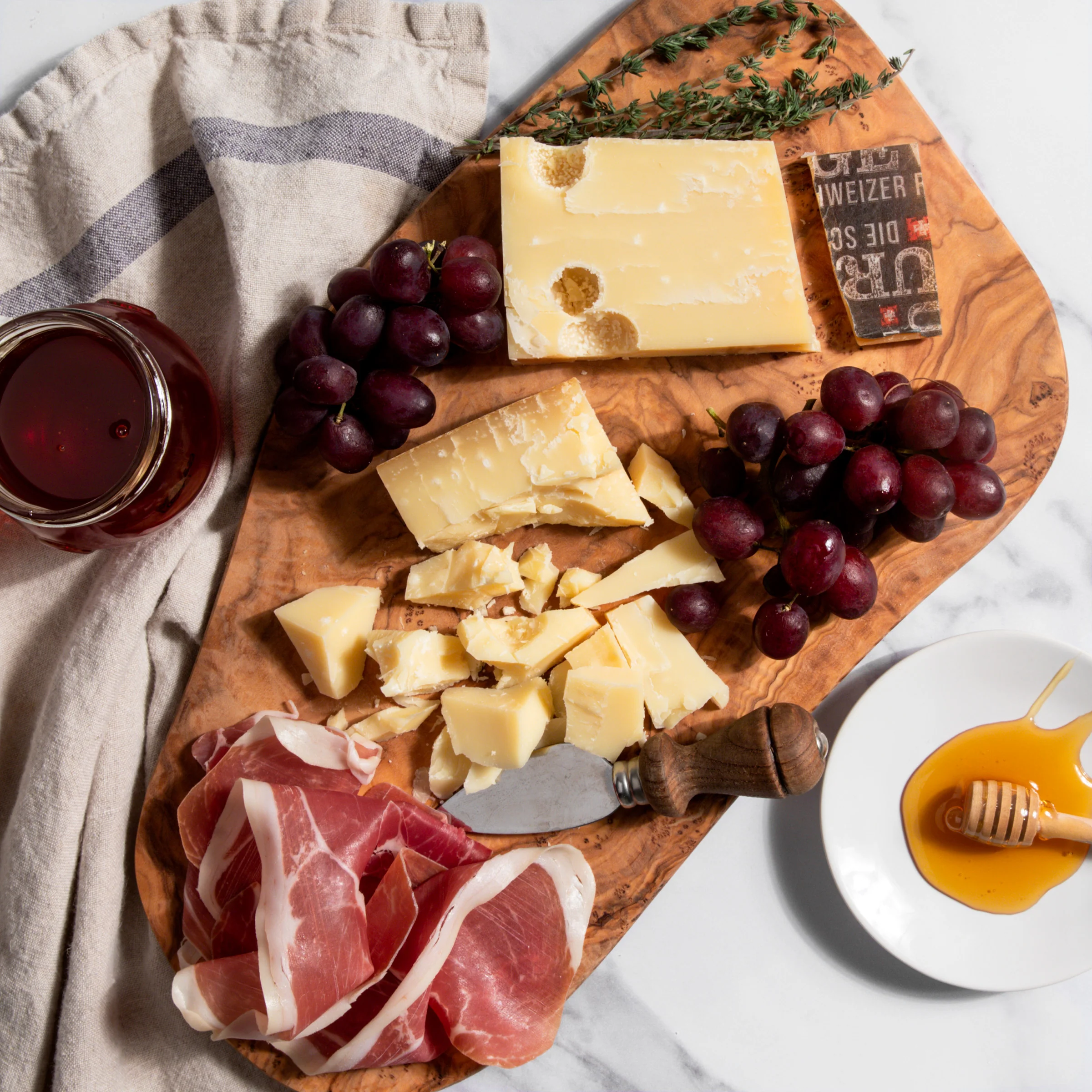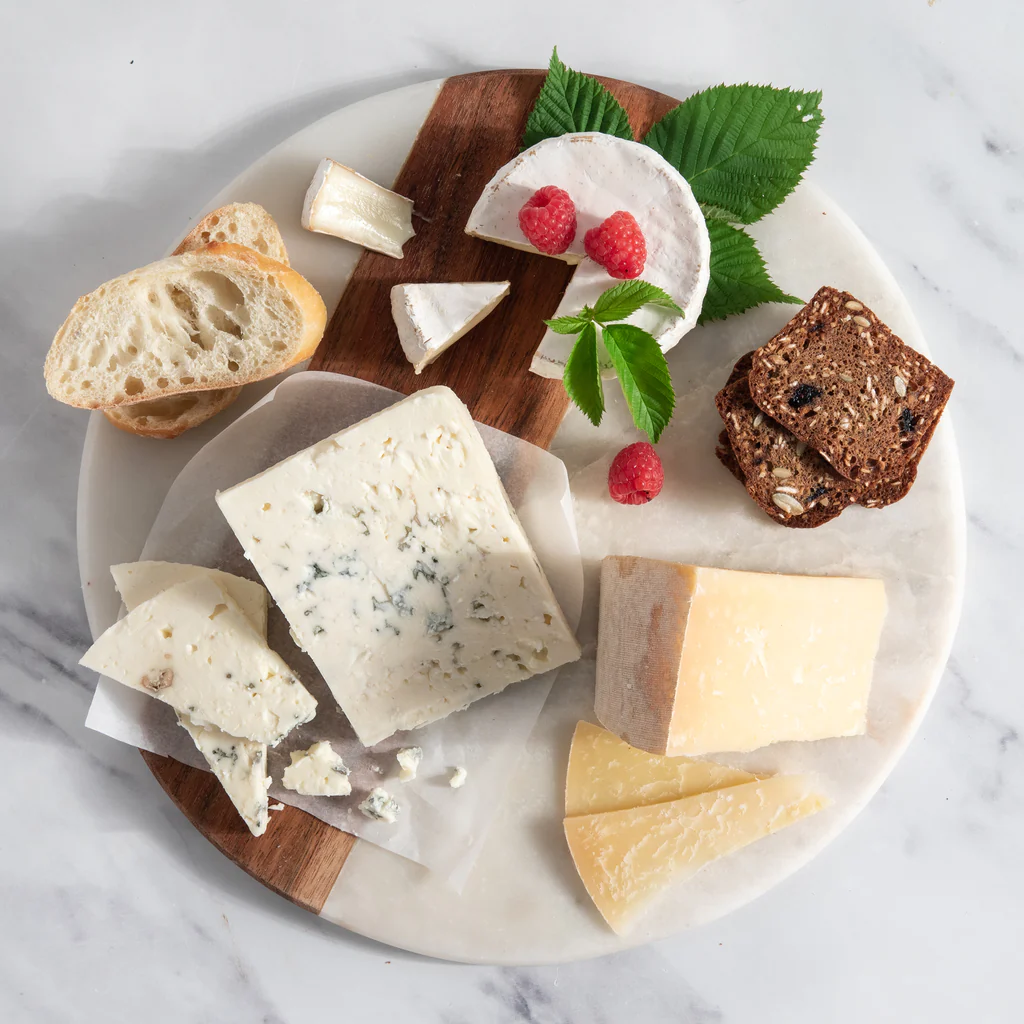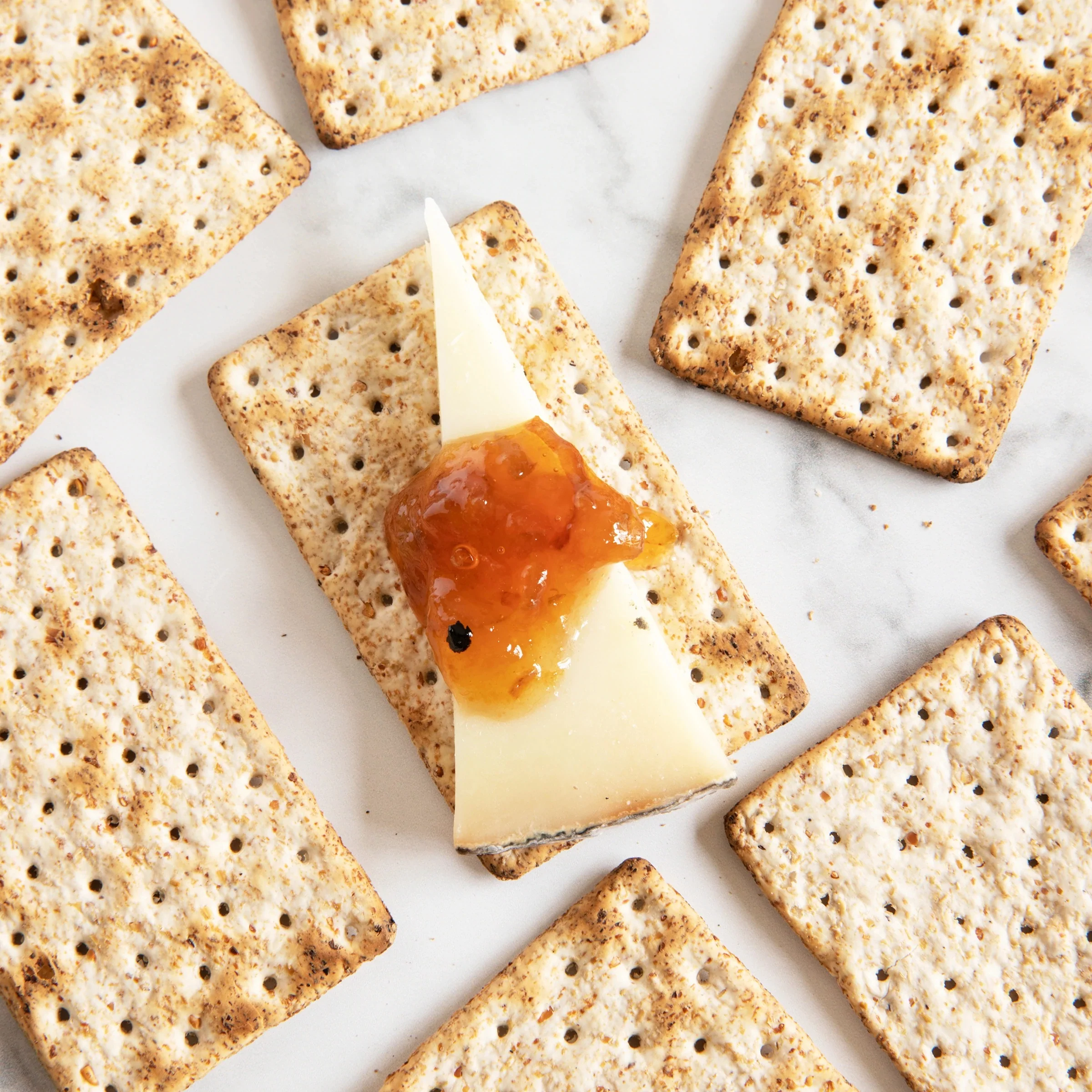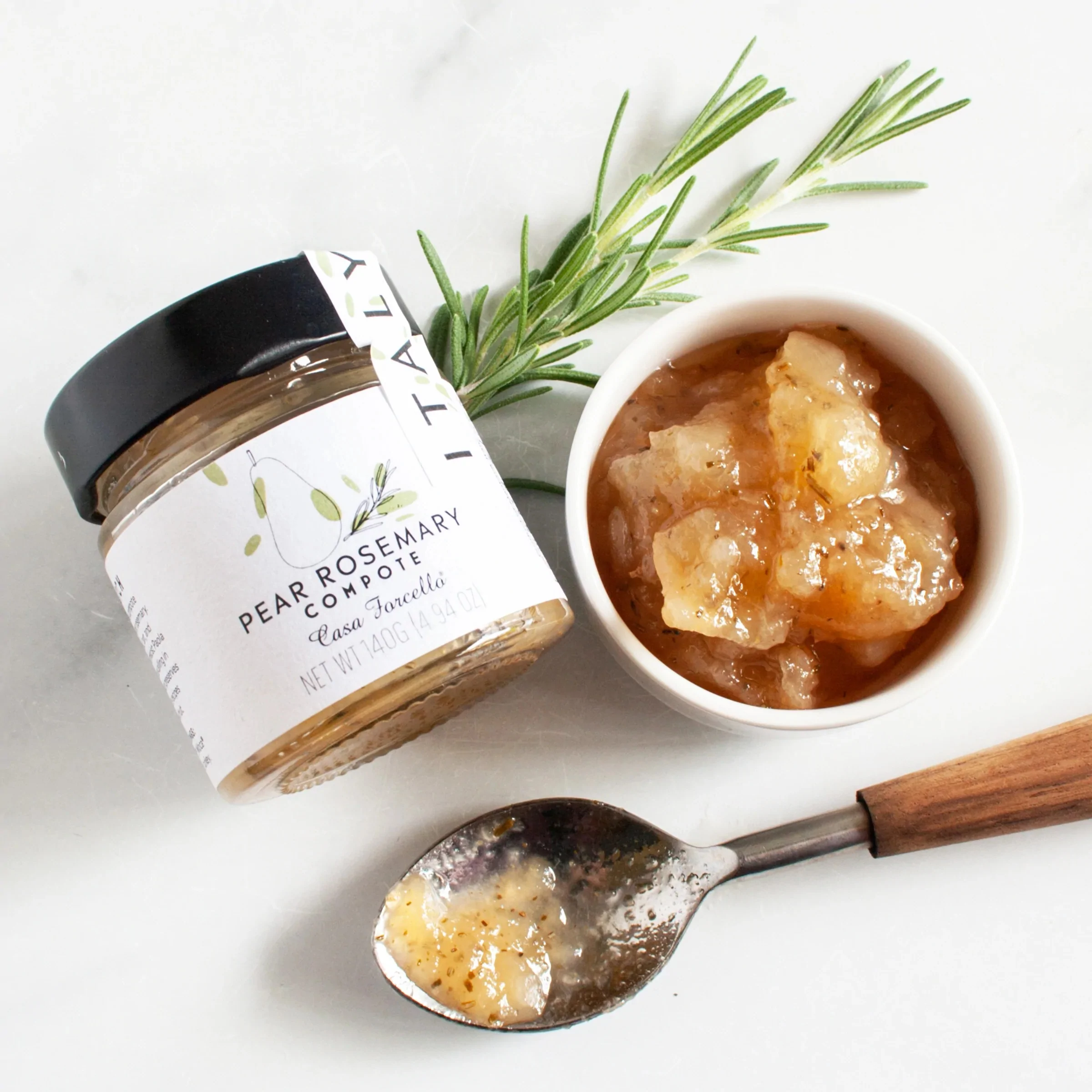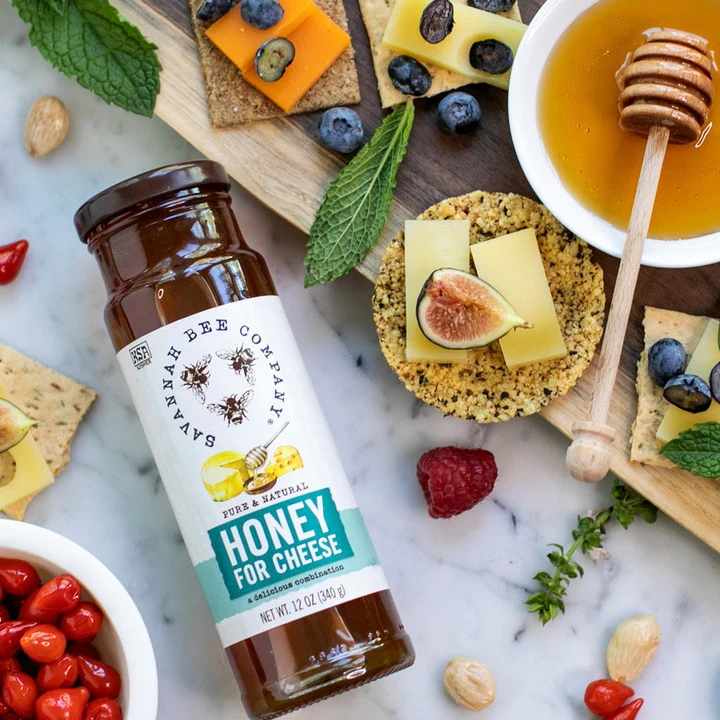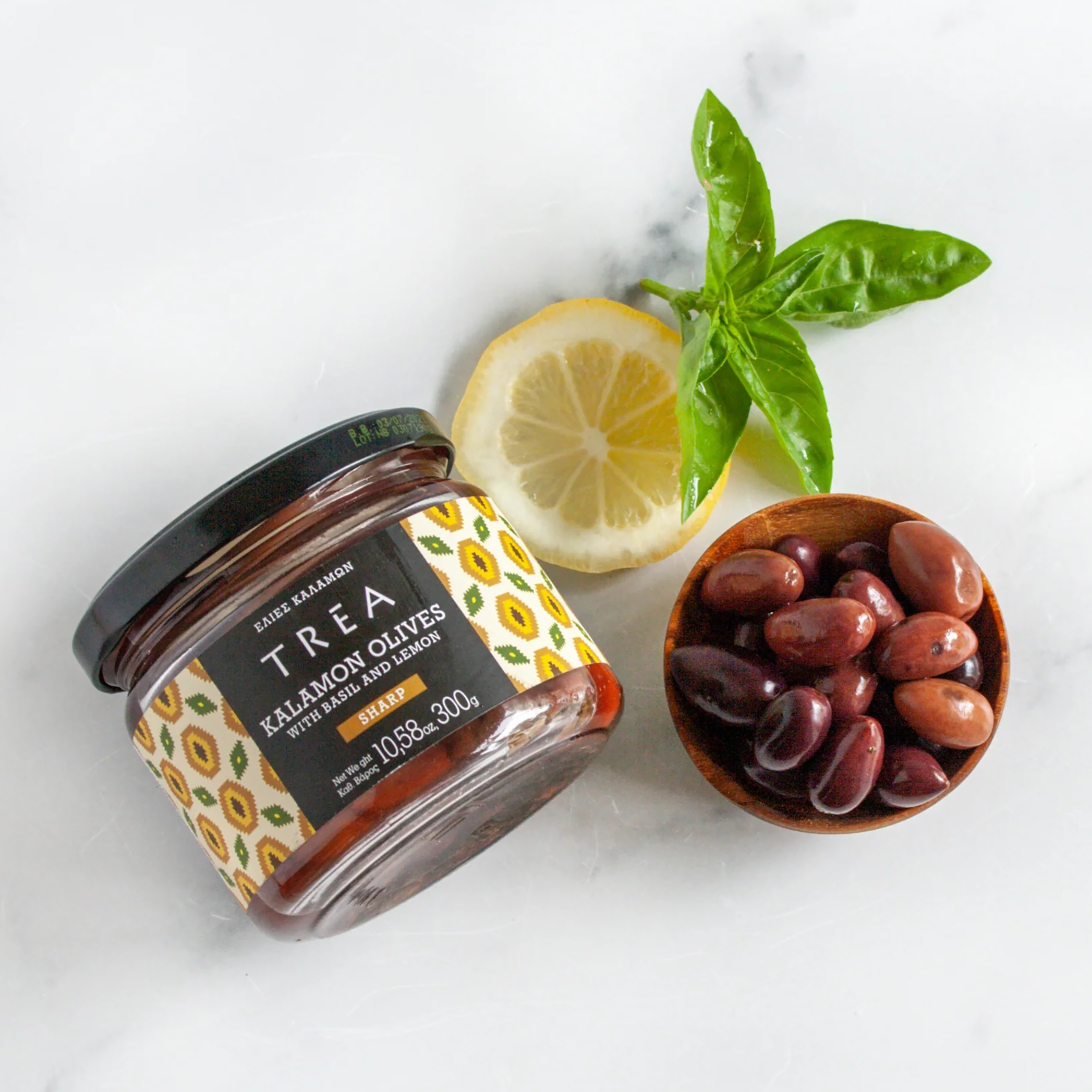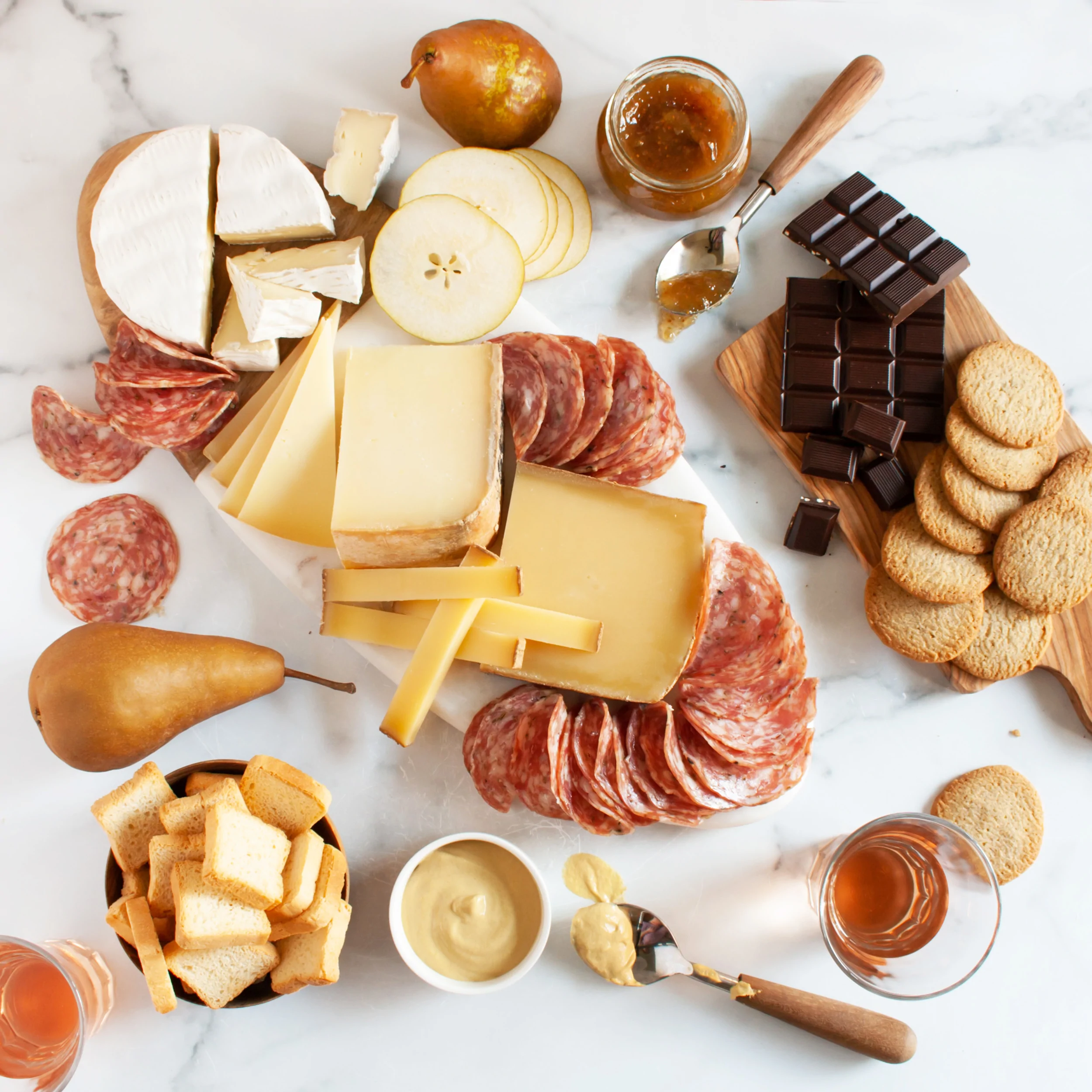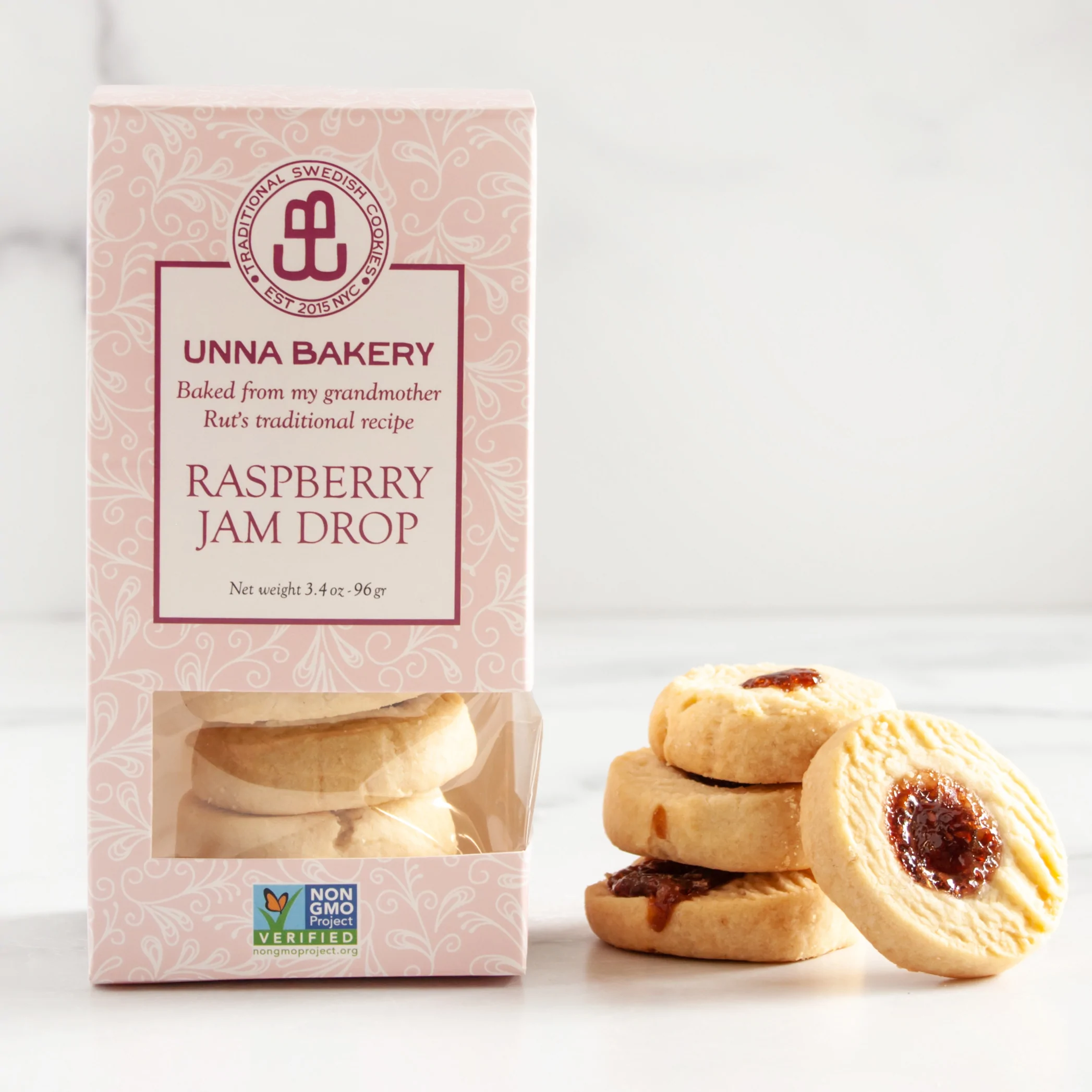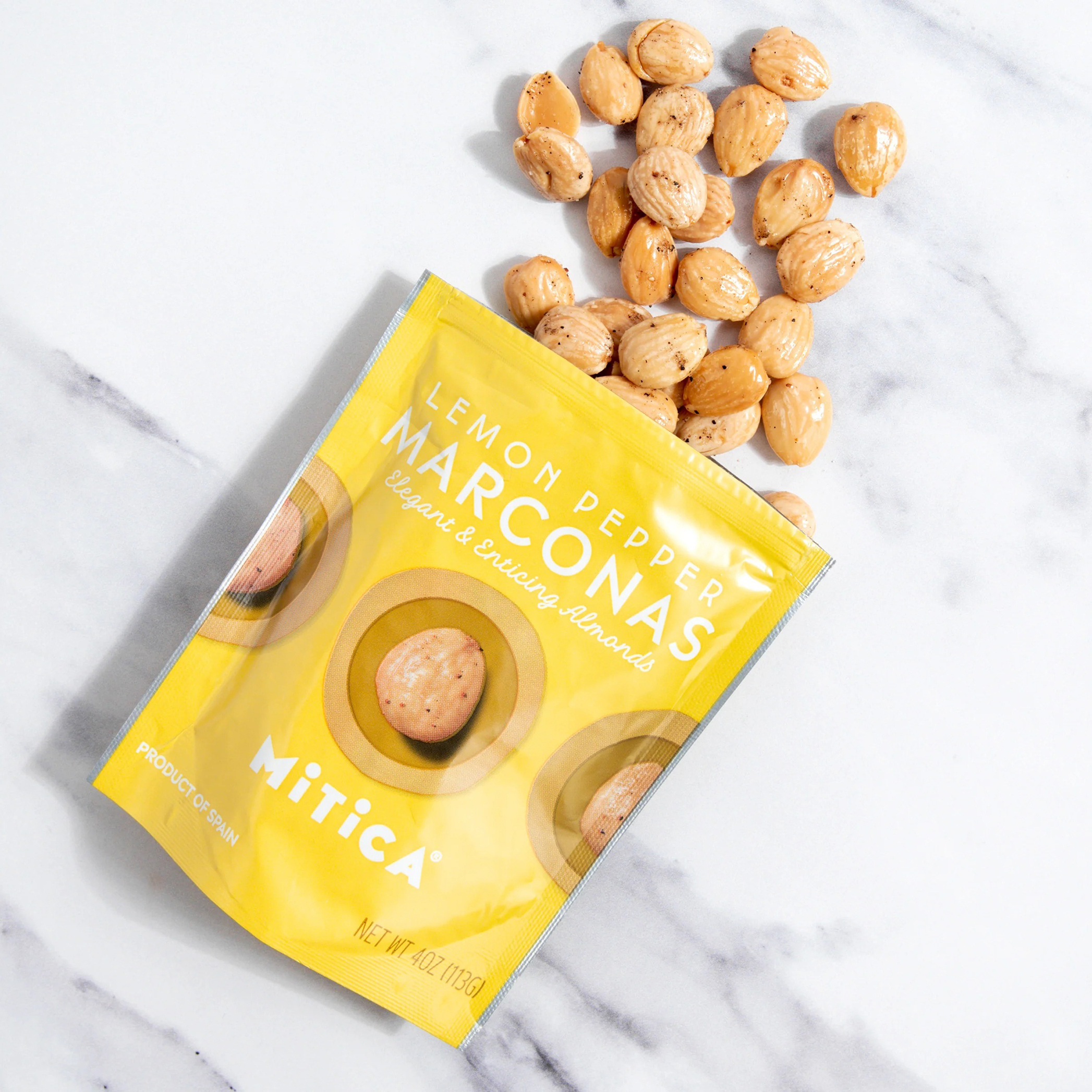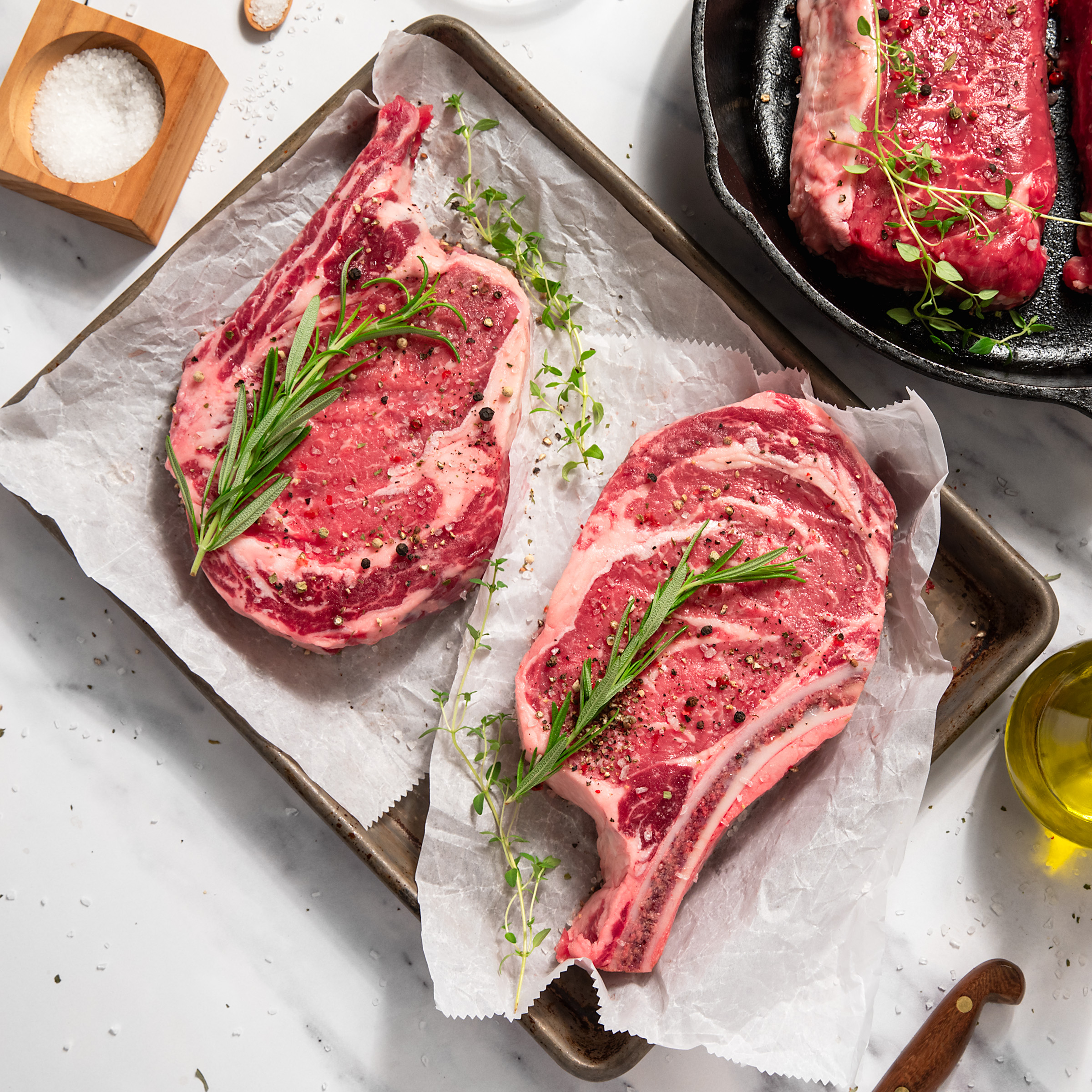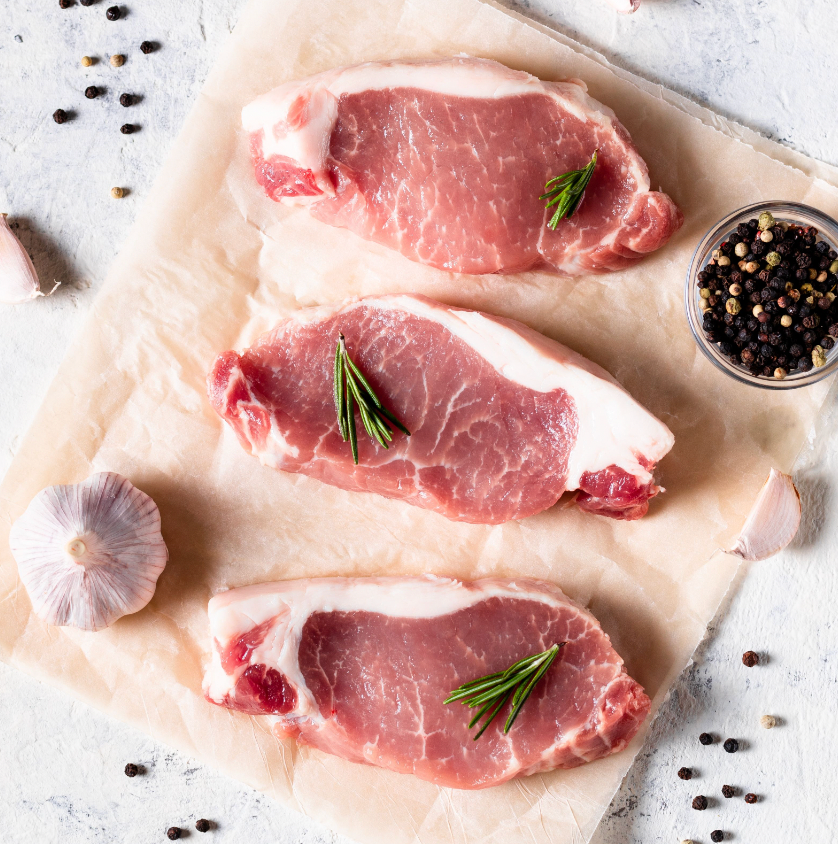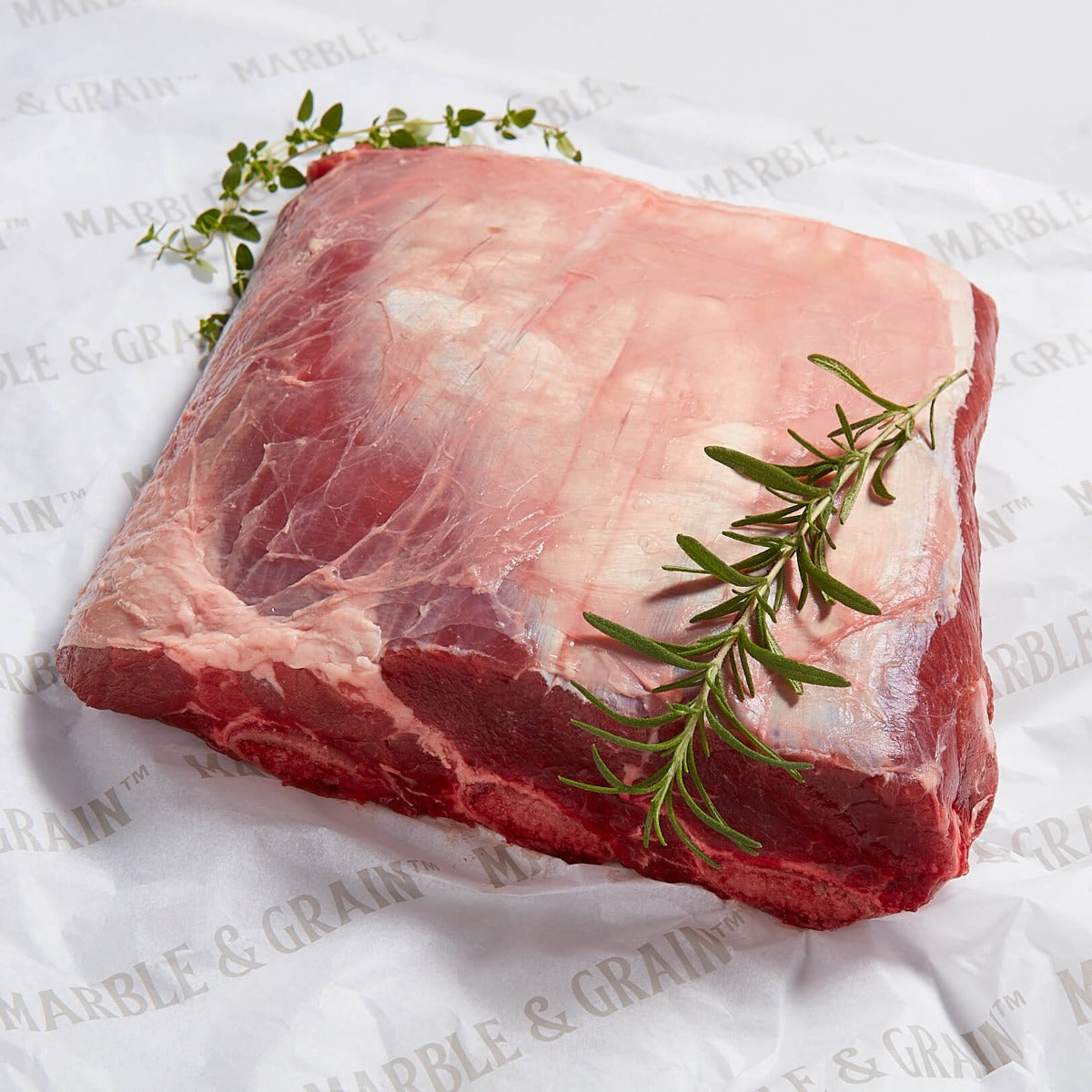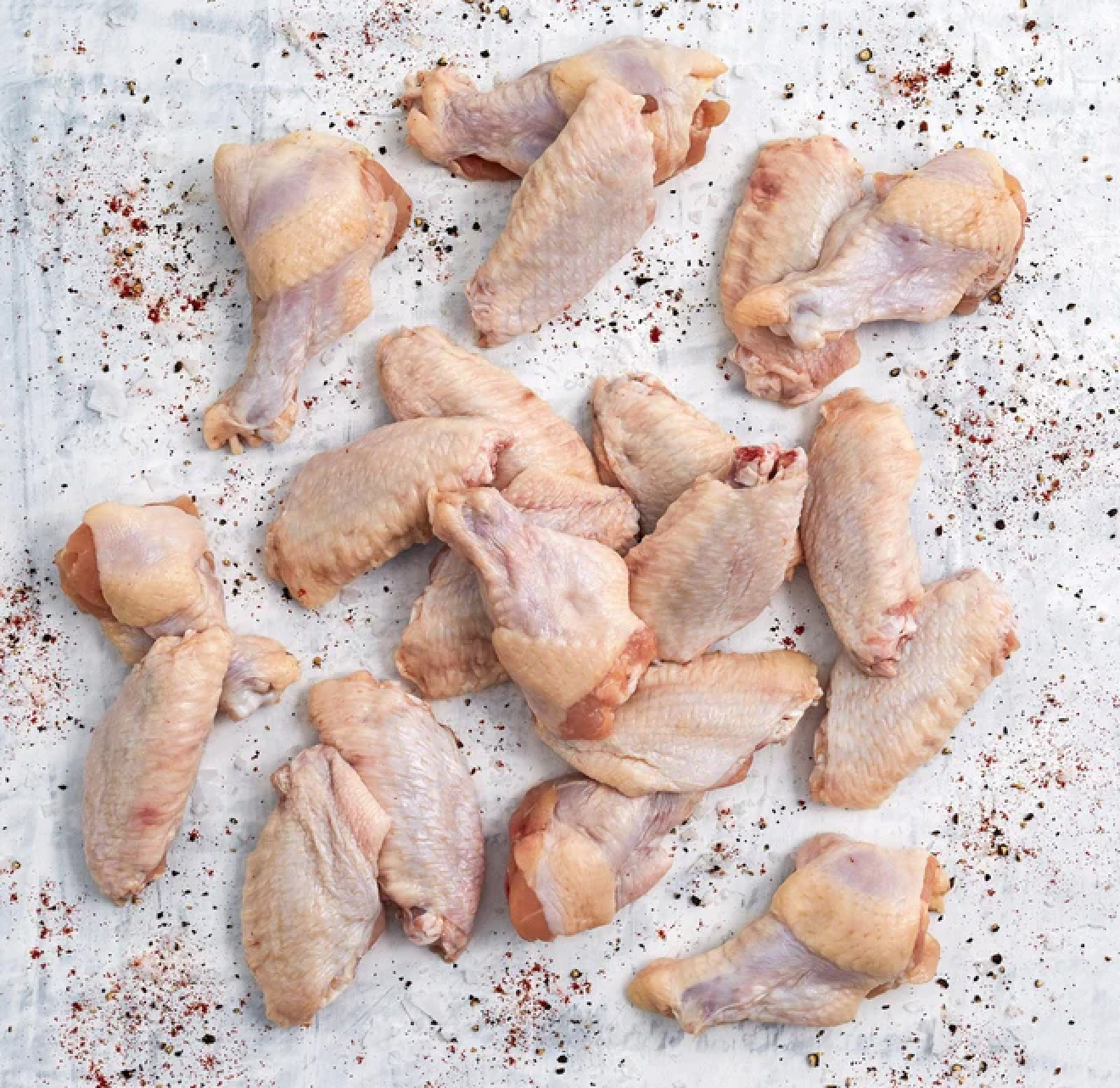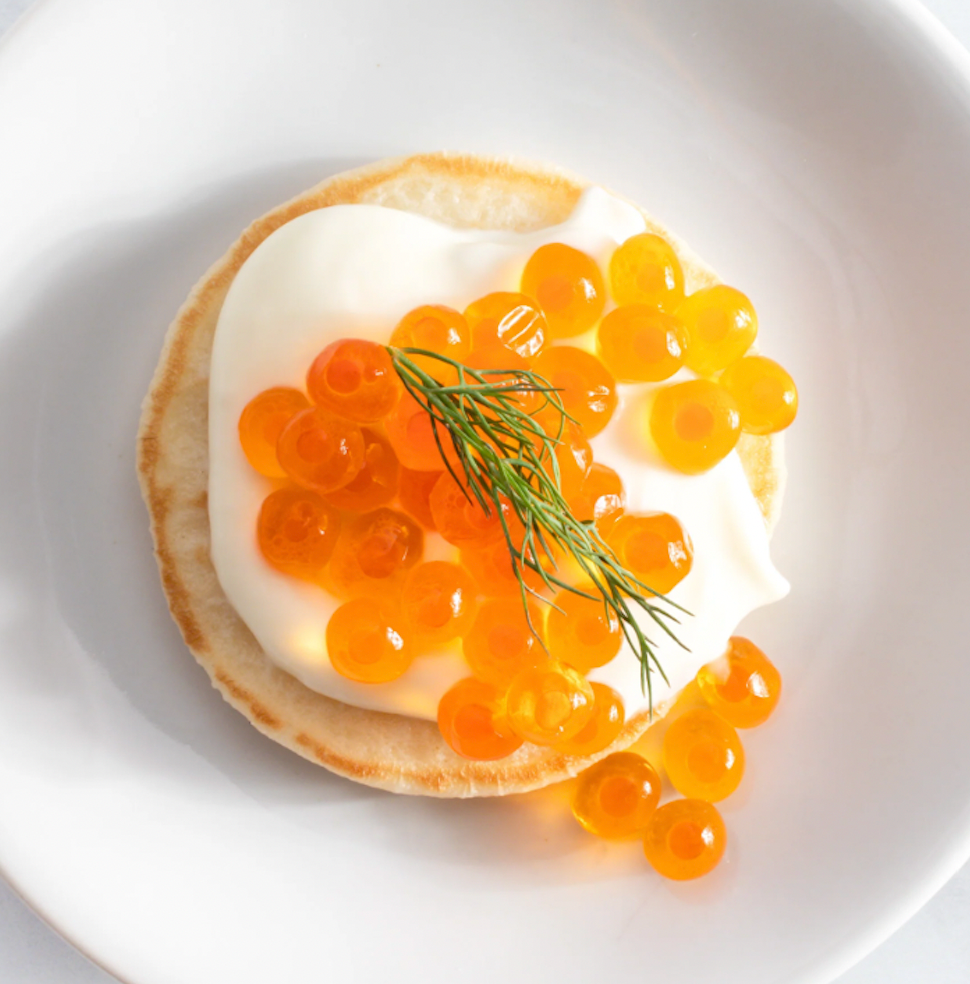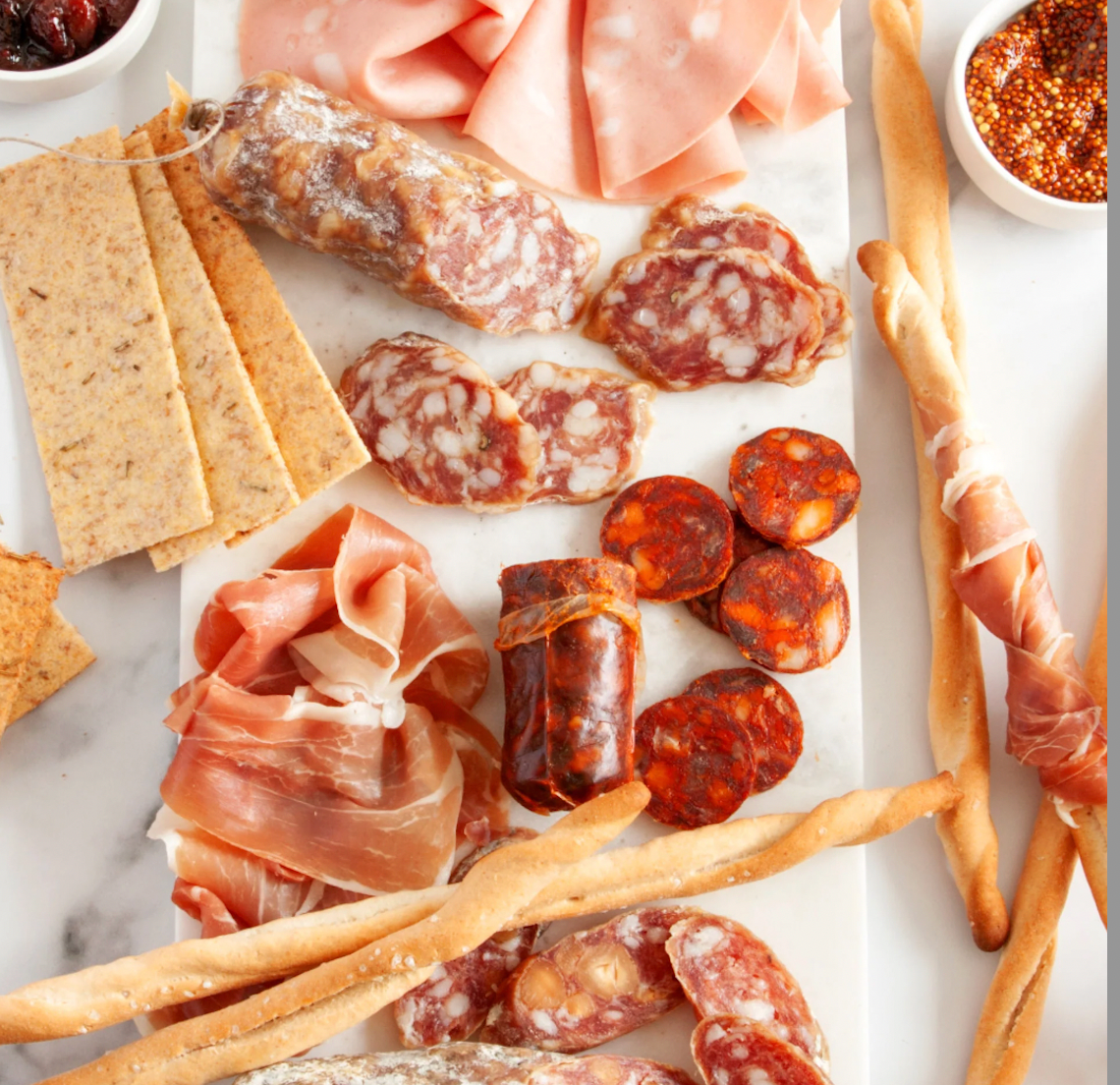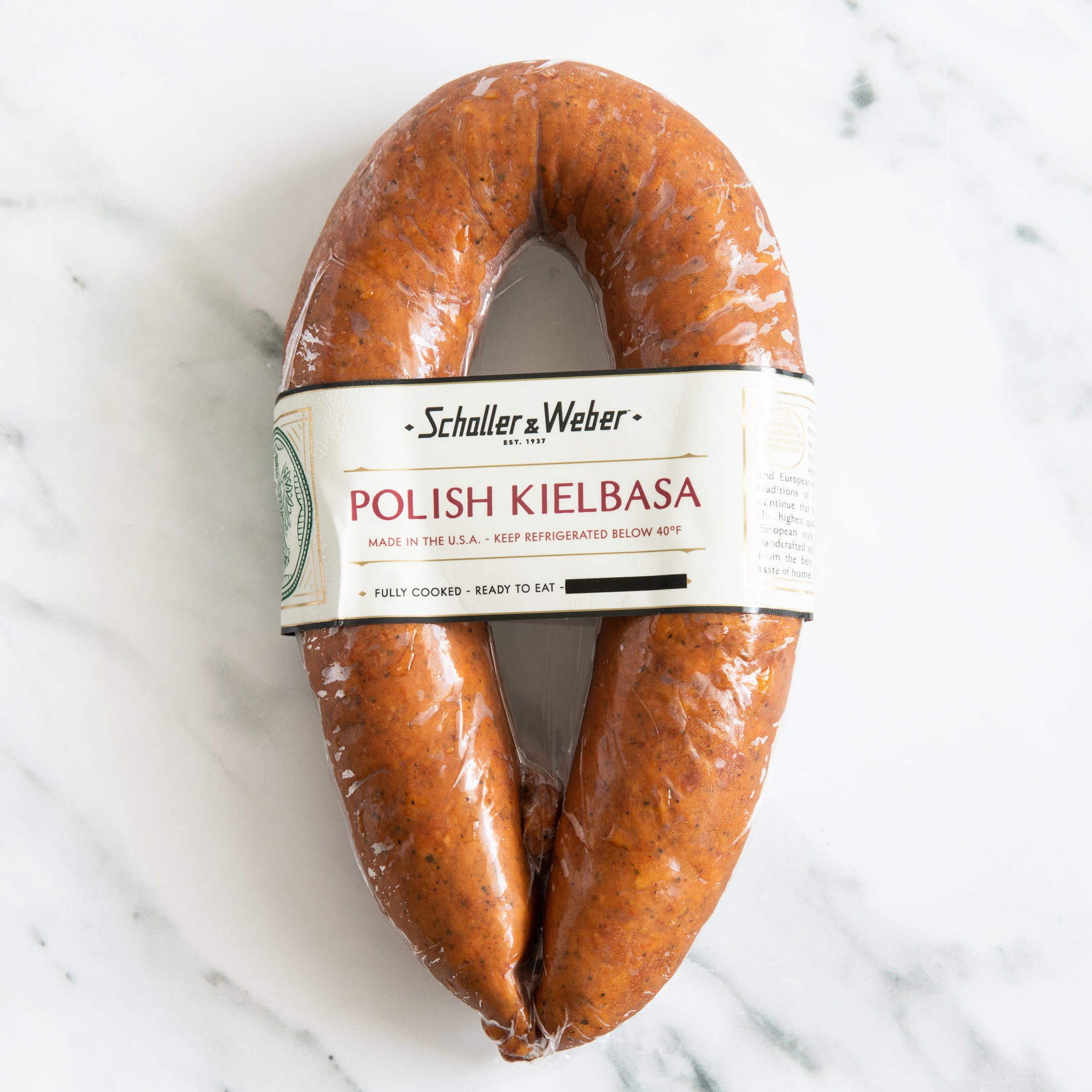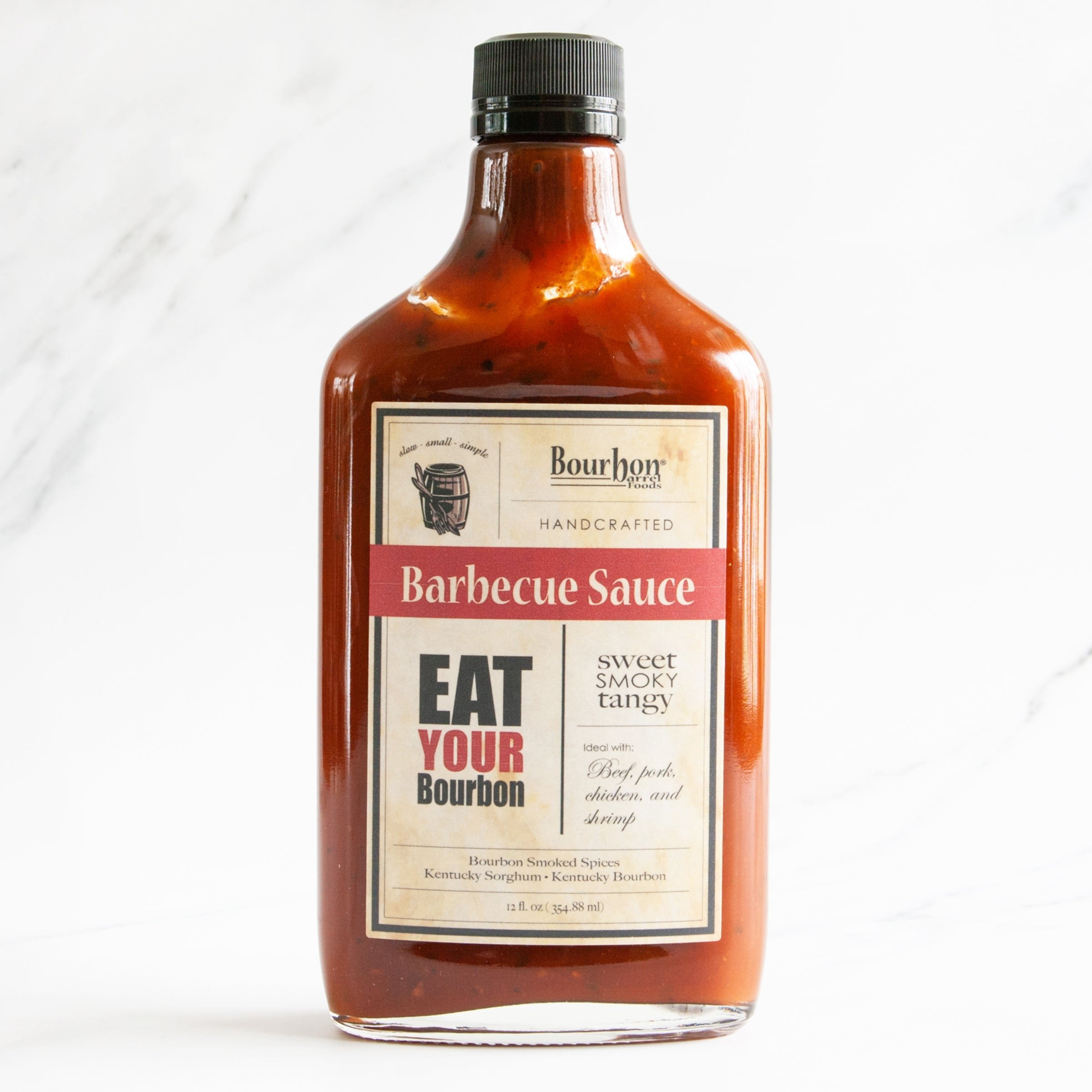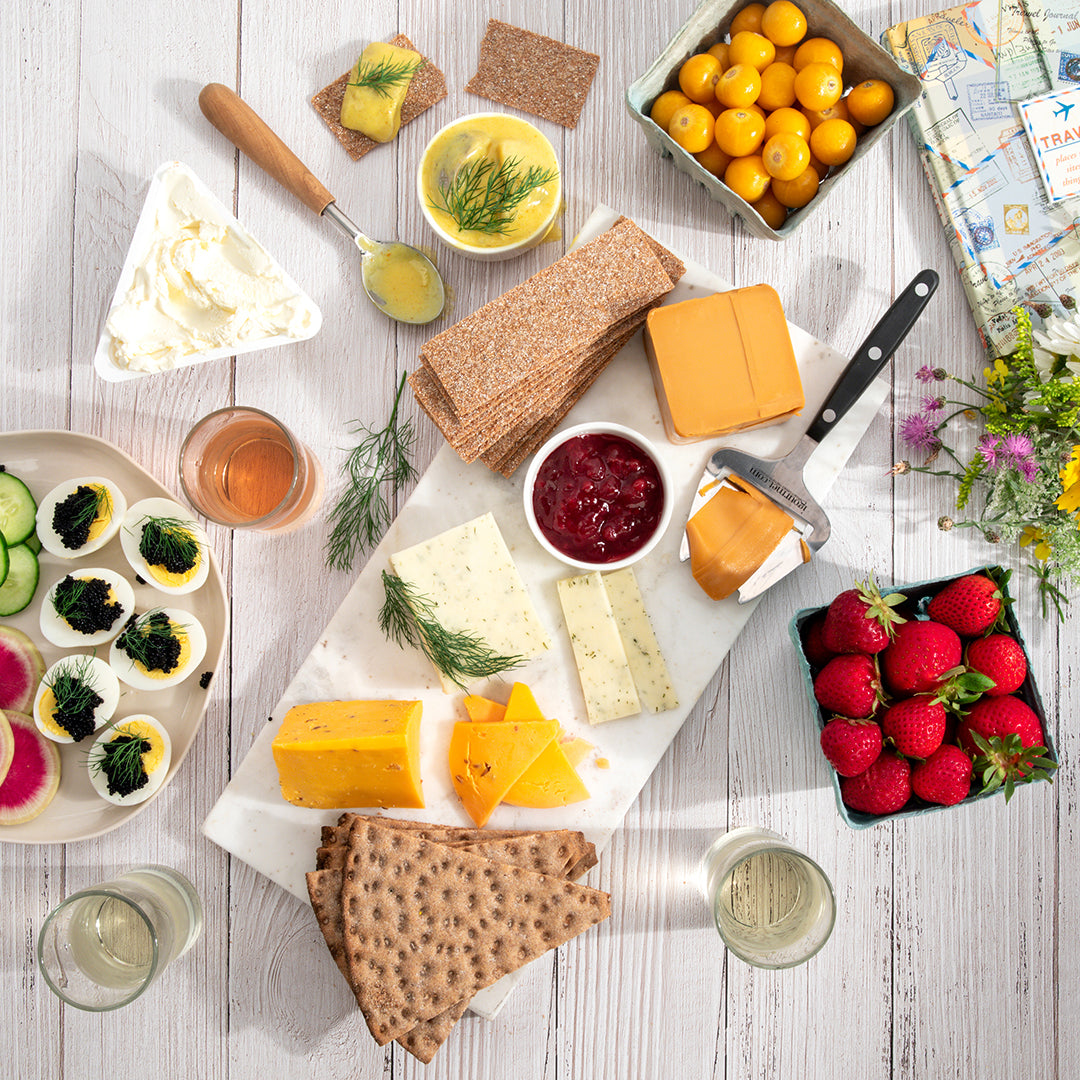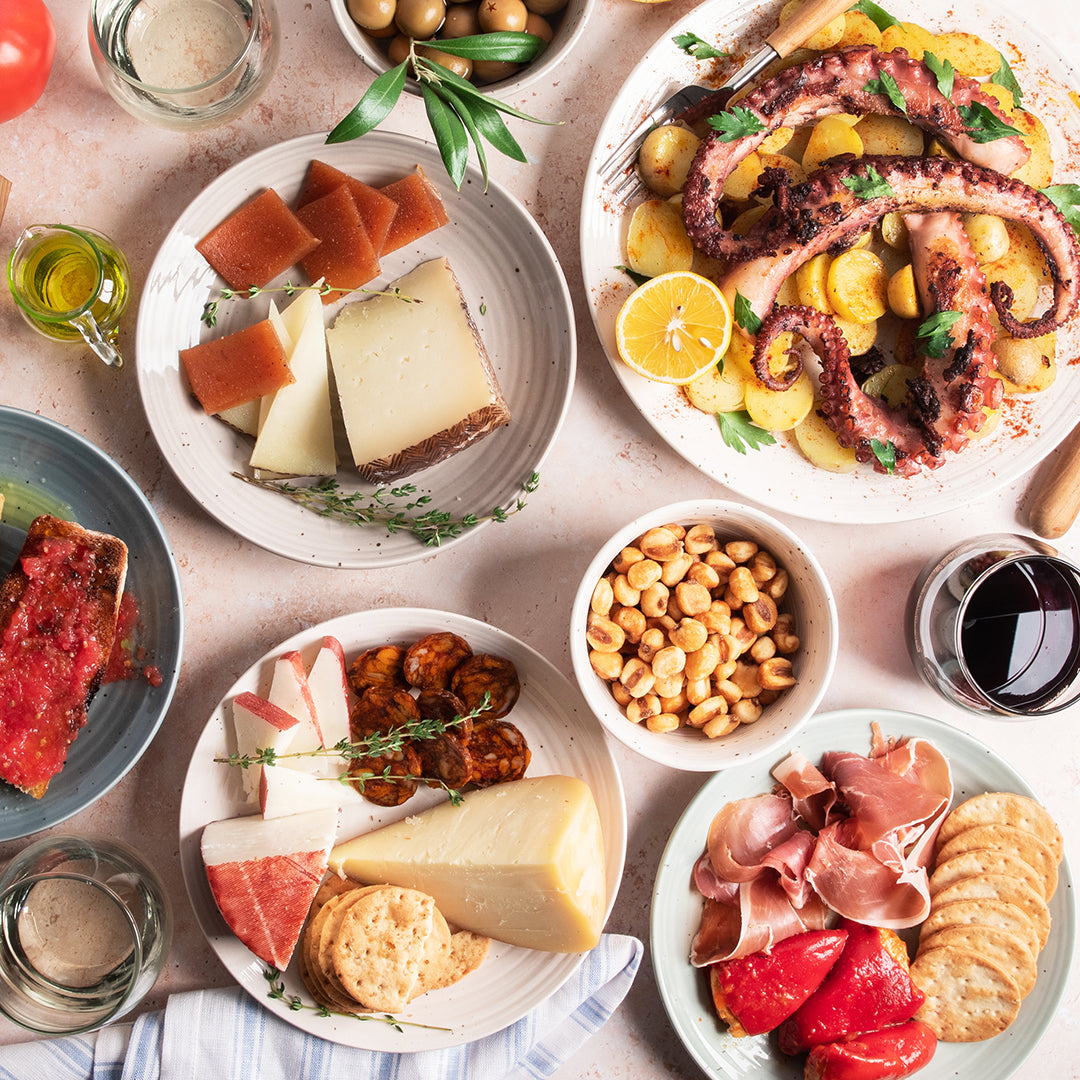Swedish Cuisine Guide
Israeli Cuisine Guide
June 12, 2019 | By Dave Mattingly
Throughout time, the food of Israel would fuse into new cuisines. Israel's modern history is reflected in a land that is comprised of immigrants from over 80 countries throughout the world, and as a result, extreme ethnic variety is found in its fusion cuisine. Toward the late 1700s, Hasidic Jews from Eastern Europe immigrated to Israel and brought with them their Ashkenazi cuisine, incorporating locally available produce such as artichokes, zucchini, chickpeas, peppers and eggplant in their recipes using Mediterranean herbs and Middle Eastern spices. The cuisine of Sephardi Jews from the Middle East included vegetables, salads, olive oil, lentils, fresh fruits, nuts, and chickpeas. Many immigrants arrived in 1948 after Palestine (as the country was known prior to the establishment of the State of Israel) gained independence from Great Britain. Jews from central Europe introduced schnitzel and strudels while Jews from Russia brought borsht and herring. Other foods introduced by Ashkenazi Jews include chicken soup, schnitzel, chopped liver, and gefilte fish. Mizrahi Jews from such countries as Kurdistan, Iraq, Turkey and Yemen offered their traditional grilled meats, rice dishes, pita breads and pastries. In recent years, interest in international cuisines such as French and Japanese has taken hold. The consumption of organic and whole grain foods has risen while the Mediterranean Diet focusing on fruits, vegetables, legumes, fish, olive oil and moderate wine consumption has been embraced due to its health benefits.
Popular Israeli Dishes
Being the young nation that it is, the closest thing to a national dish that Israel has is falafel, a Sephardic food of deep fried bean balls made of ground chickpeas and spices. Falafel is most commonly eaten in a pita pocket sandwich covered in tahini, a lemony sesame sauce. The classic Israeli Salad made of diced cucumber and tomato has become a staple and popular throughout the world. Another staple salad in Israel is Tabbouleh, a Middle Eastern dish made of bulgur, tomatoes, chopped parsley, mint, garlic, olive oil, lemon juice and salt. Other traditional Israeli dishes include Gefilte which are fish balls or patties made from ground fish, and Matzah Balls, dumplings made from mashed matzo that are added to soup. Matzah Brei is an Ashkenazi Jewish dish made with fried egg and matzo. Latkes are fried pancakes made from flour, egg, grated potatoes and often garlic and onions. Chicken soup has been popular in Jewish cuisine and in Israel since medieval times. Couscous, a North African semolina made from crushed durum wheat, was introduced to Israel by Jews from North Africa. Similar to other Mediterranean regions, lunch is emphasized as the main meal in Israel instead of dinner.
Jewish dietary laws play in important role in the cuisine of Israel such as the separation of milk and meat and abstaining from pork and shellfish consumption. Rosh Hashanah, the Jewish New Year, is widely celebrated with festive family meals and symbolic foods, including apples, honey, dates, black-eyed peas, leek, spinach and gourd. Round Challah bread (a Jewish braided bread) is served to symbolize the cycle of the year. Other Jewish holidays have traditions that range from Sufganiyot (jelly doughnuts) and Latkes (potato pancakes) during Hanukkah and the restriction against leaven (yeast) and legumes during Passover, to the consumption of dairy products such as cheese, yogurt, and cheese-based pies during Shavout.
Israeli Desserts
Baklava is a nut-filled layered pastry sweetened with syrup found in the Mediterranean and Middle East and comes in many varieties. Knafeh is made from shredded pastry with soft cheese and sweet syrup. Honey Cake from the "Land of Milk and Honey" is eaten during holidays such as the Jewish New Year and Rosh Hashanah, symbolizing best wishes for the upcoming year. Used to make Halvah Parfait, Halva is a Turkish sweet, made from tahini and sugar. Halvah Parfait is similar to ice cream, but has a distinct sesame flavor. Bamba is a soft peanut butter snack that is a favorite of children. Kichlach is Yiddish for cookies, and are Israeli sweet cookies or crackers typically cut into large diamond shapes. Sponge cake is also very popular and is called by its European name, tort. It comes in many varieties and is often served covered in Israeli strawberries, jelly and whipped cream. Sunflower Seeds are eaten throughout the country, and are usually purchased unshelled or freshly roasted from markets.
Israeli Beverages
There is a prominent coffee culture in Israel and is served in cafes in urban regions. Malt beer, or black beer, is a non-alcoholic beverage that has been produced in Israel for many decades. Goldstar and Maccabi are popular brands of Israeli beers. Sahlab is a drinkable pudding popular in the winter, topped with cinnamon and pistachios.
Israeli Cheese
While the Middle East is considered to be the birthplace of cheese, the true development of gourmet cheese in Israel has been slow. The success of dairy farming in Israel was considered a crowning achievement for the country since it wasn't believed that cows could thrive in Israel's climate. Two varieties of cheese, white or yellow, were the usual options until recent years. In the 1980s, due to the increase in tourism, privately owned dairies began producing a larger variety of high quality handmade cheeses from goat, cow and sheep's milk. Gilboa cheese is a wonderful kosher sheep's milk cheese from the Gilboa Mountains in Israel. Similar to Manchego cheese, Gilboa has a slightly lemony flavor. Another kosher Israeli cheese not to be missed is Kadurim Rolled Chevre made of pure fresh goat cheese and coated with such flavors as Herbs de Provence, sesame, cracked black pepper, raspberry, and sun-dried tomato. Israeli cottage cheese is considered part of Israeli's national heritage. Fresh Israeli cottage cheese is creamier and more easily spreadable that other cottage cheeses.






